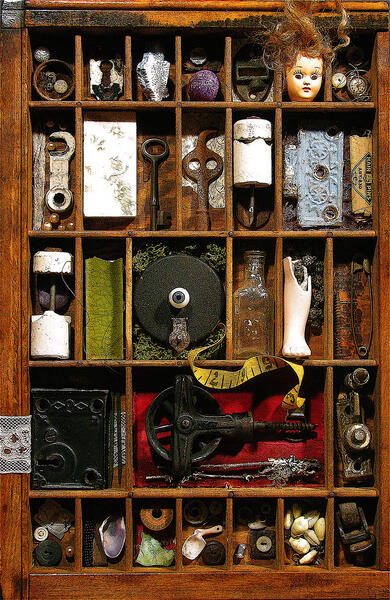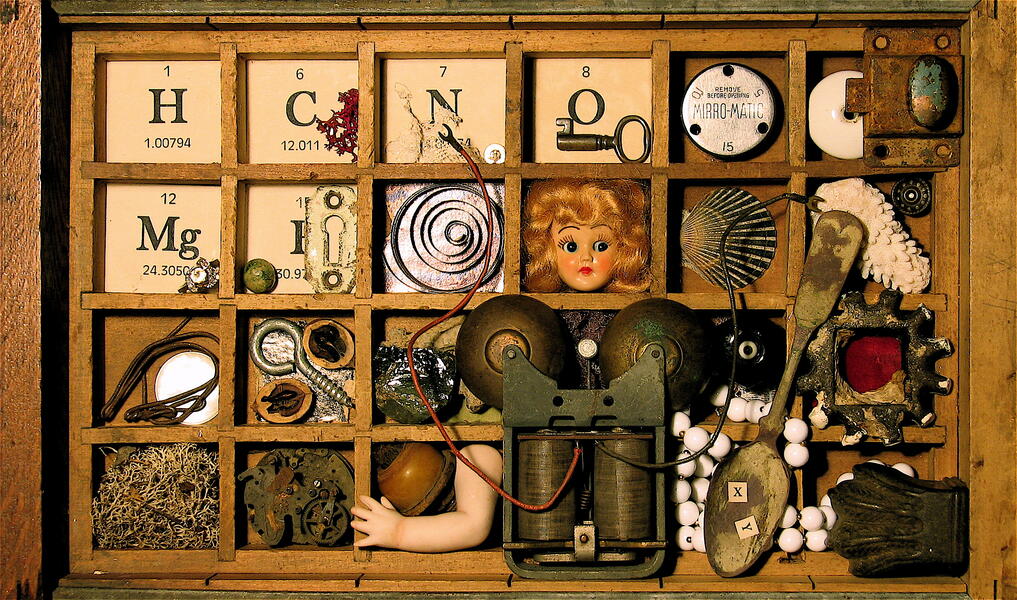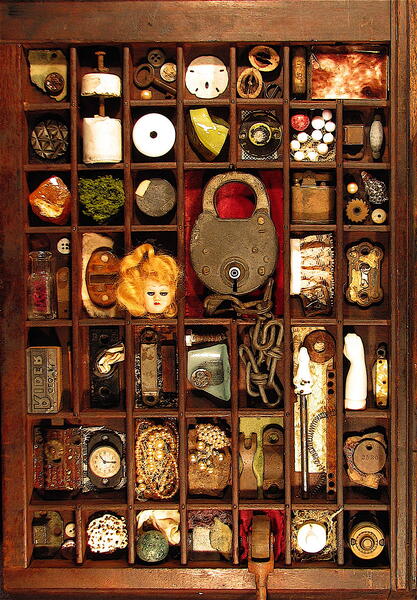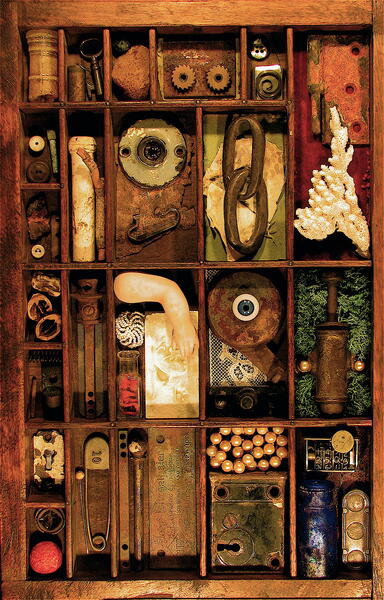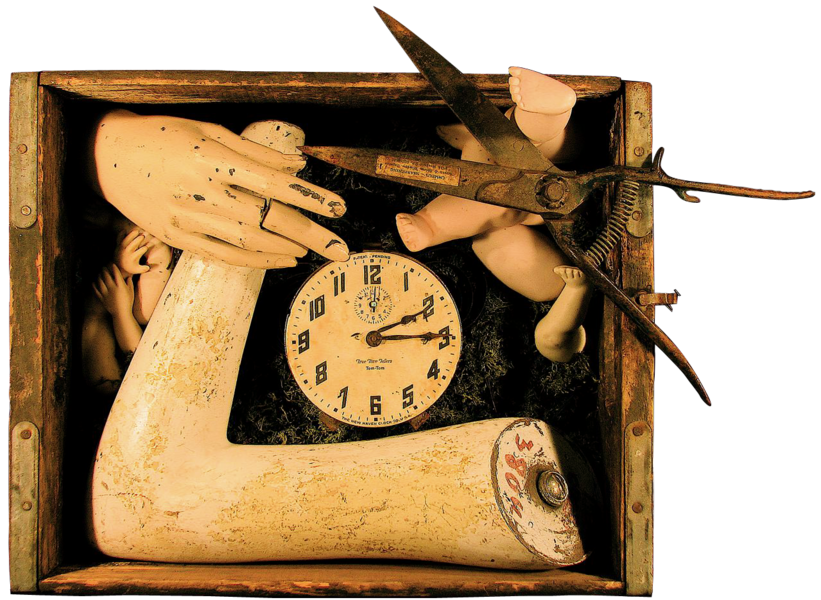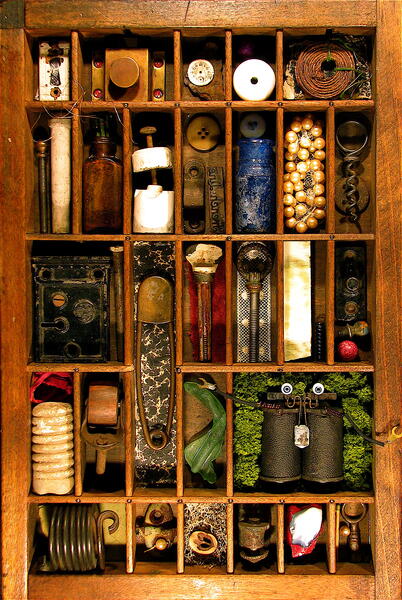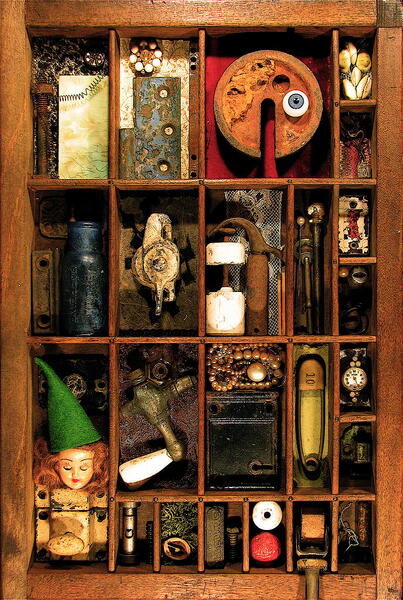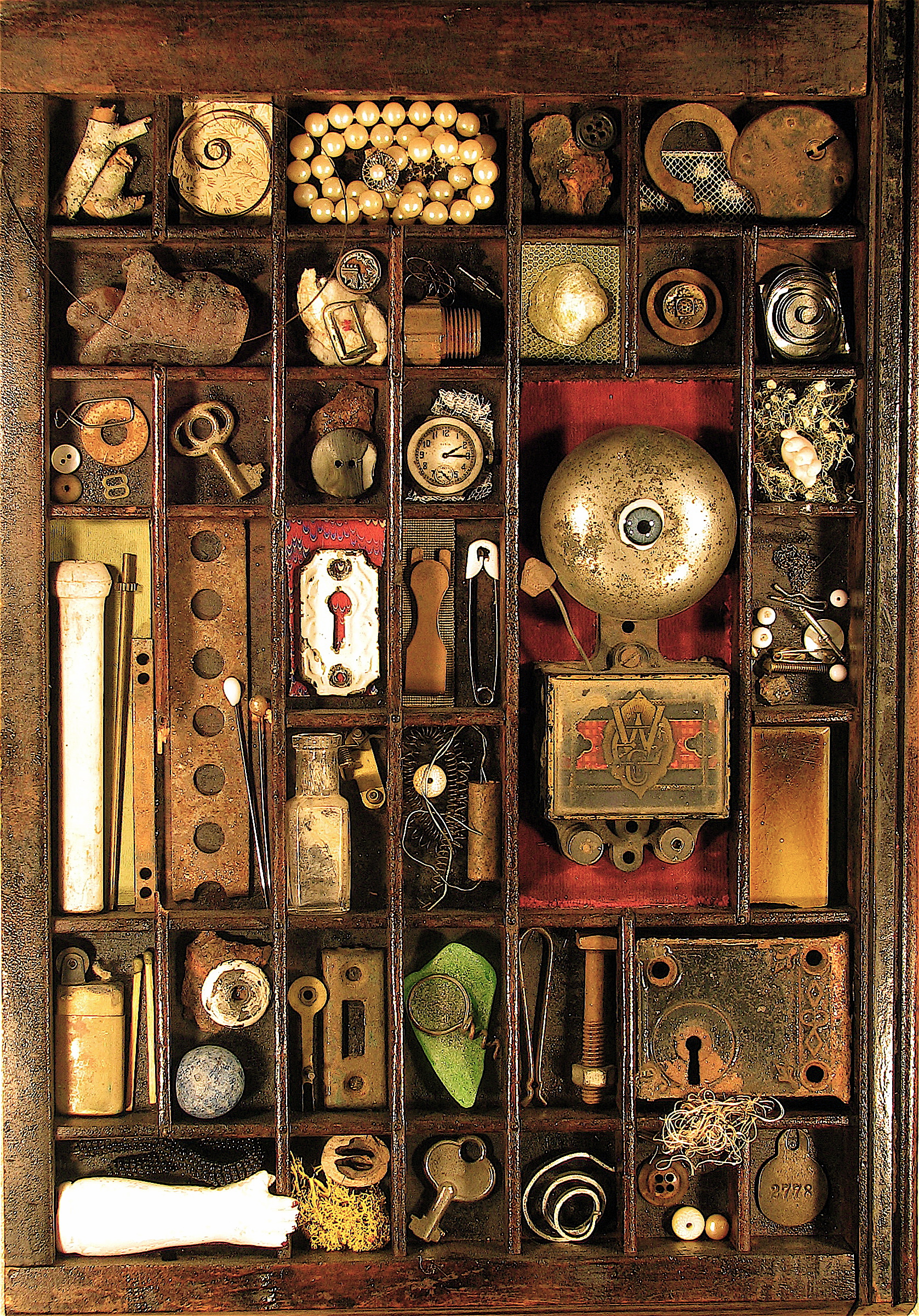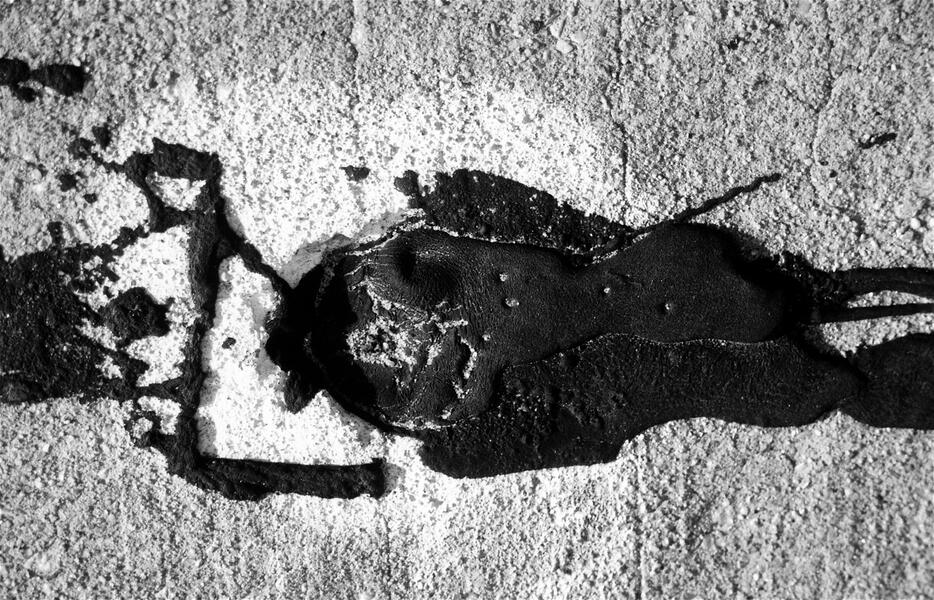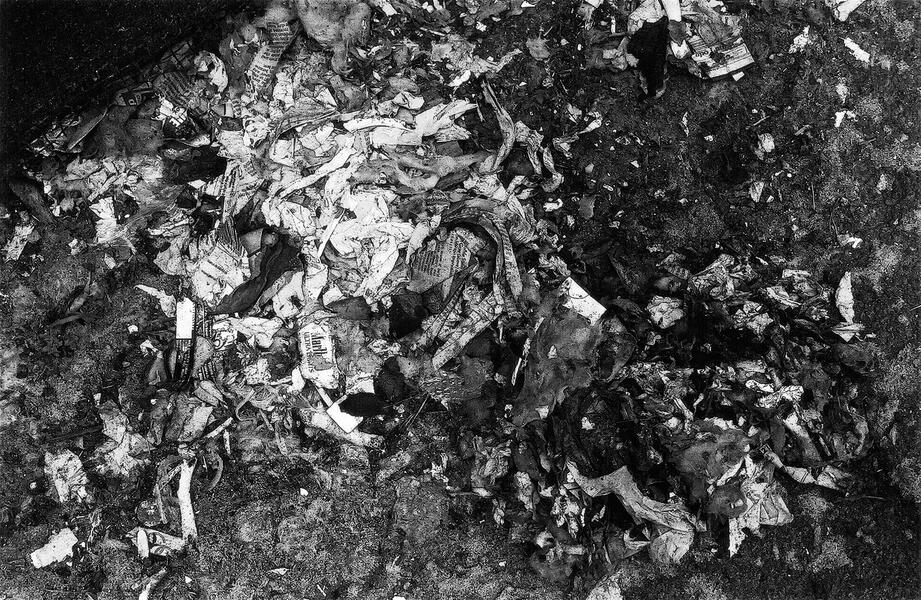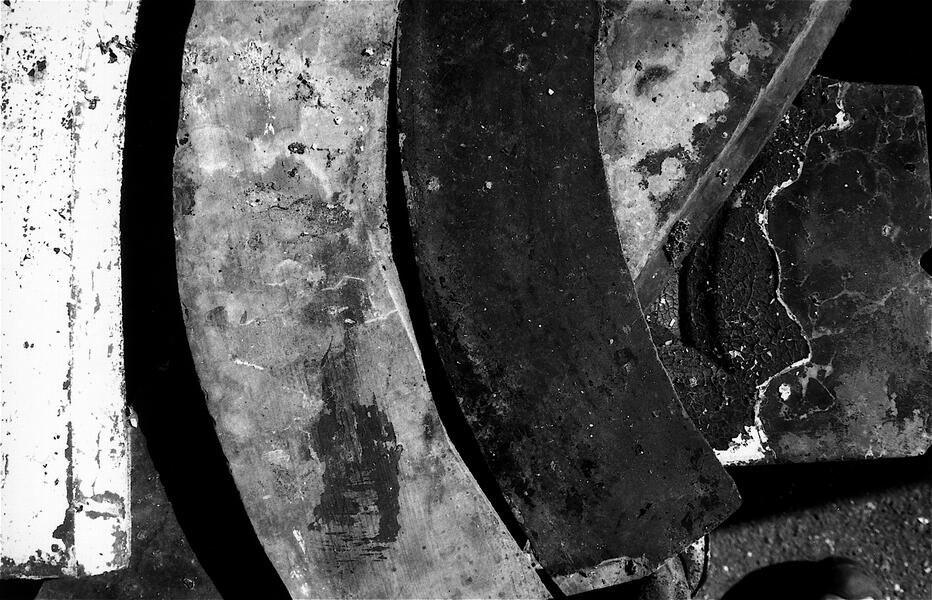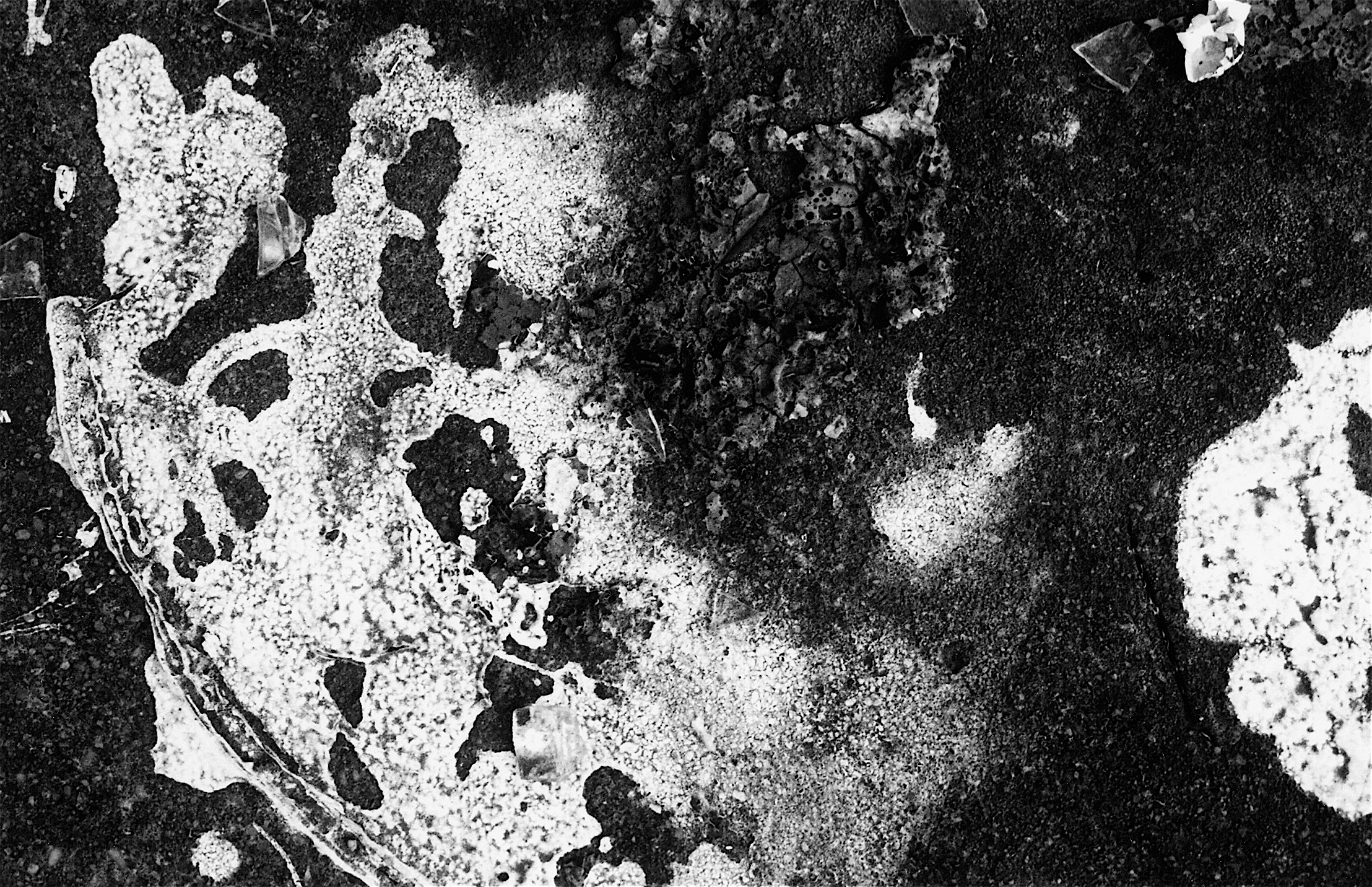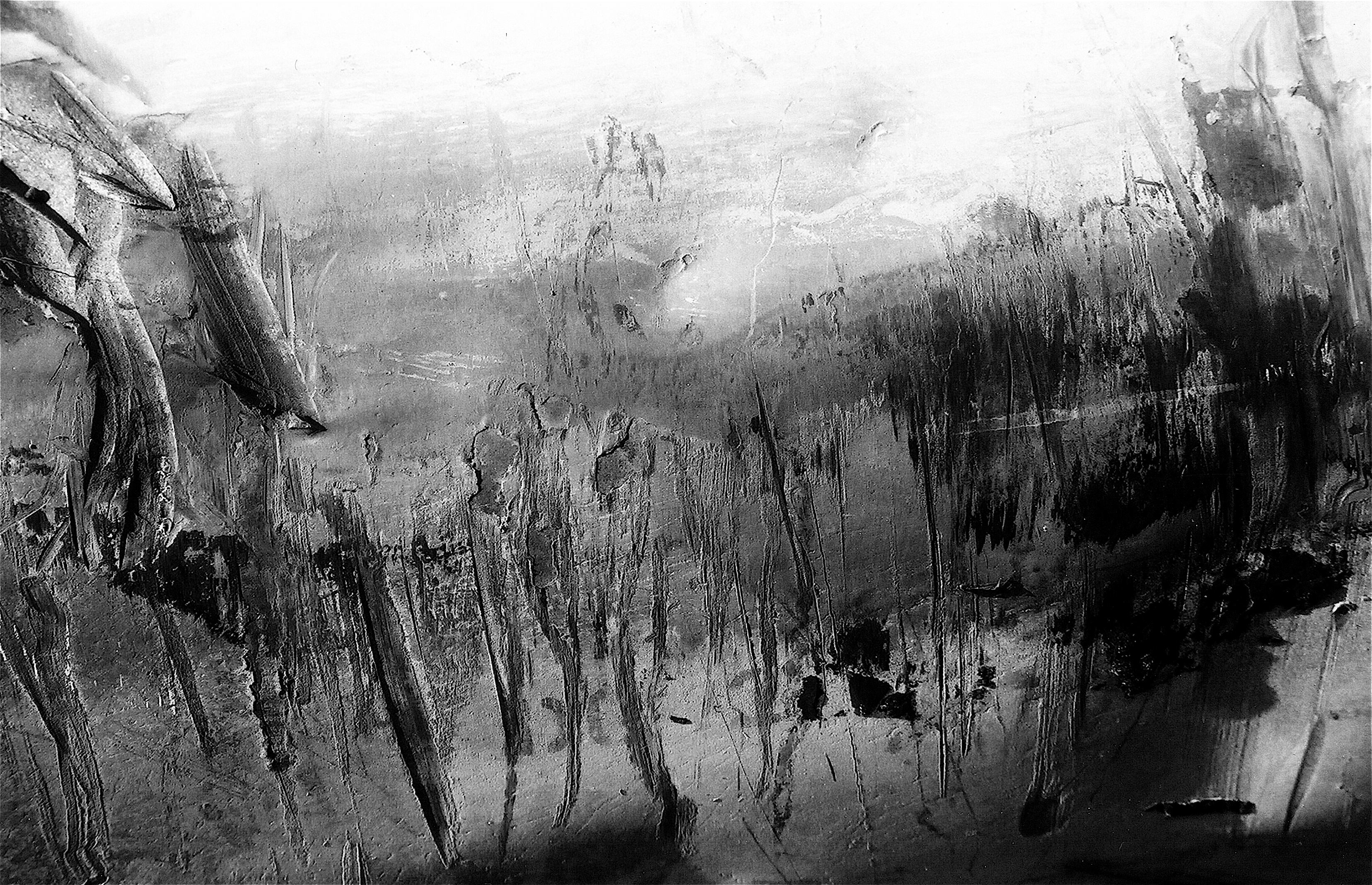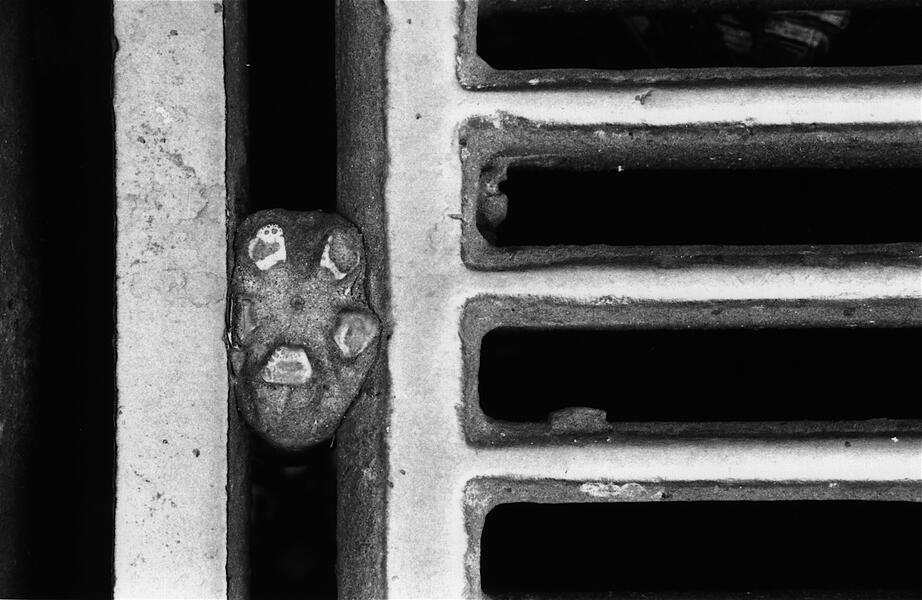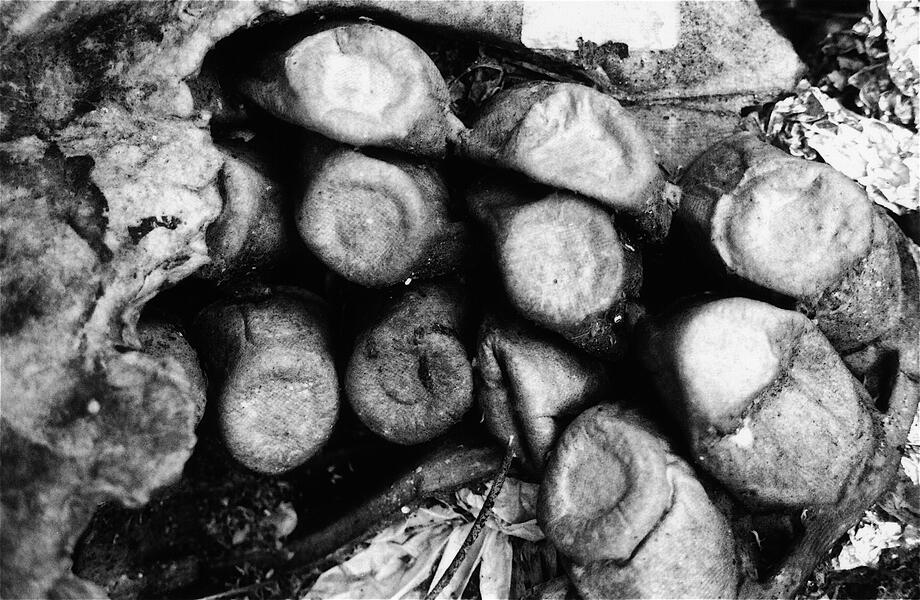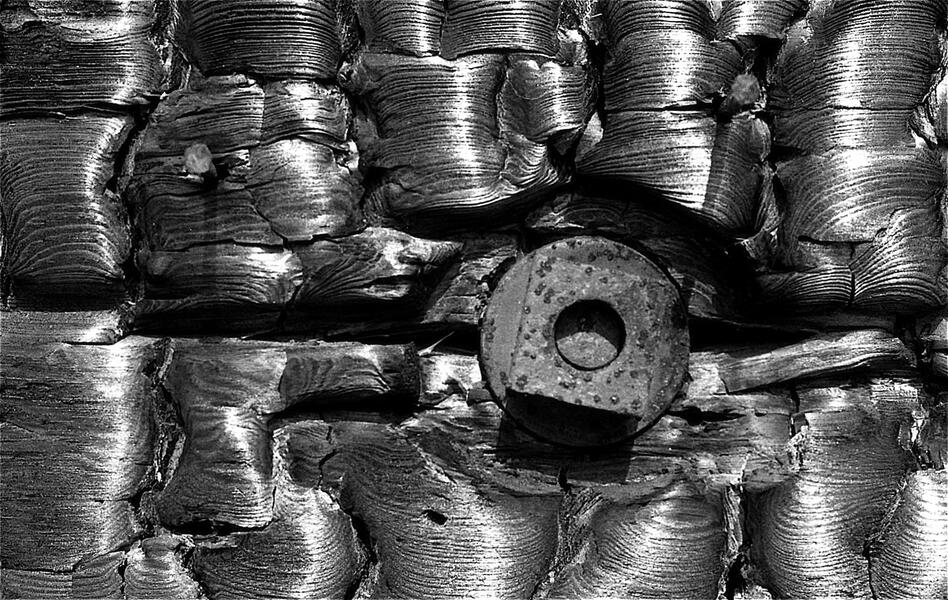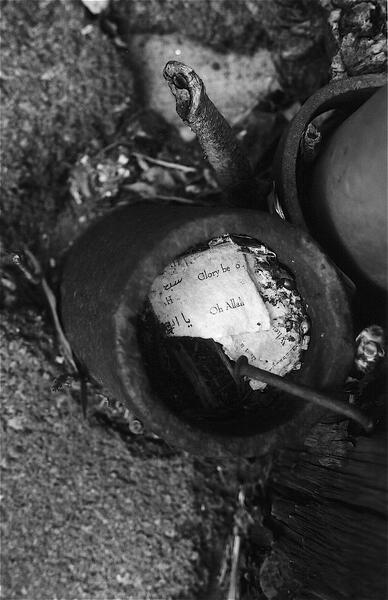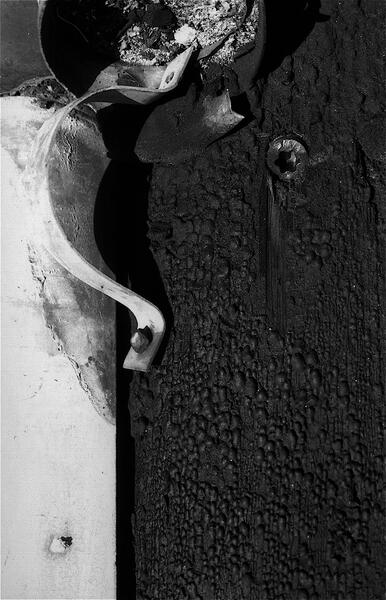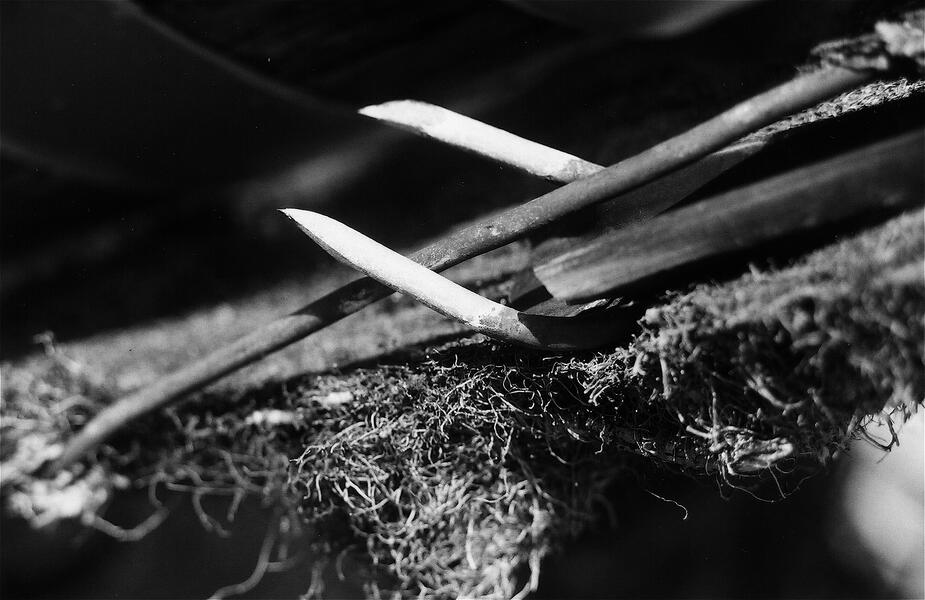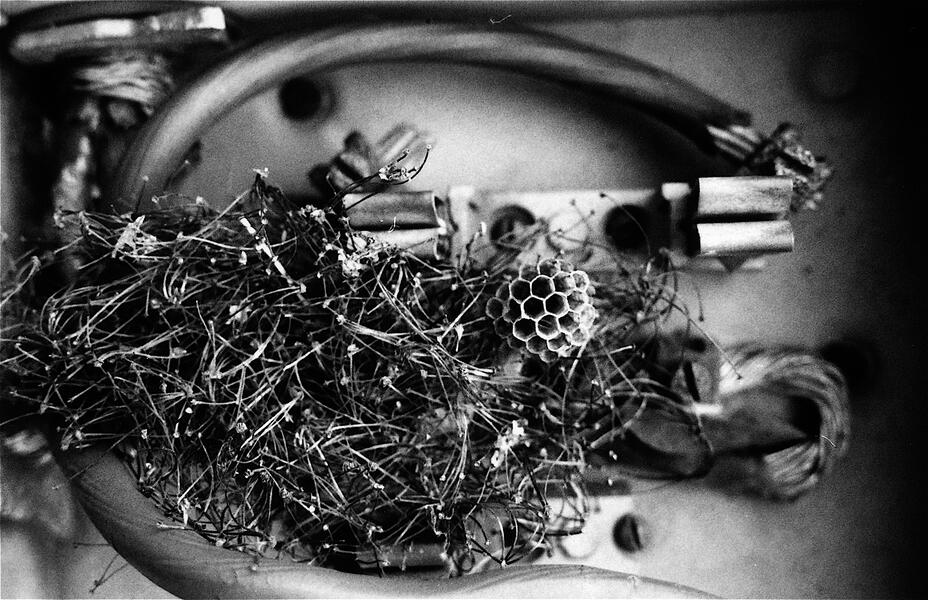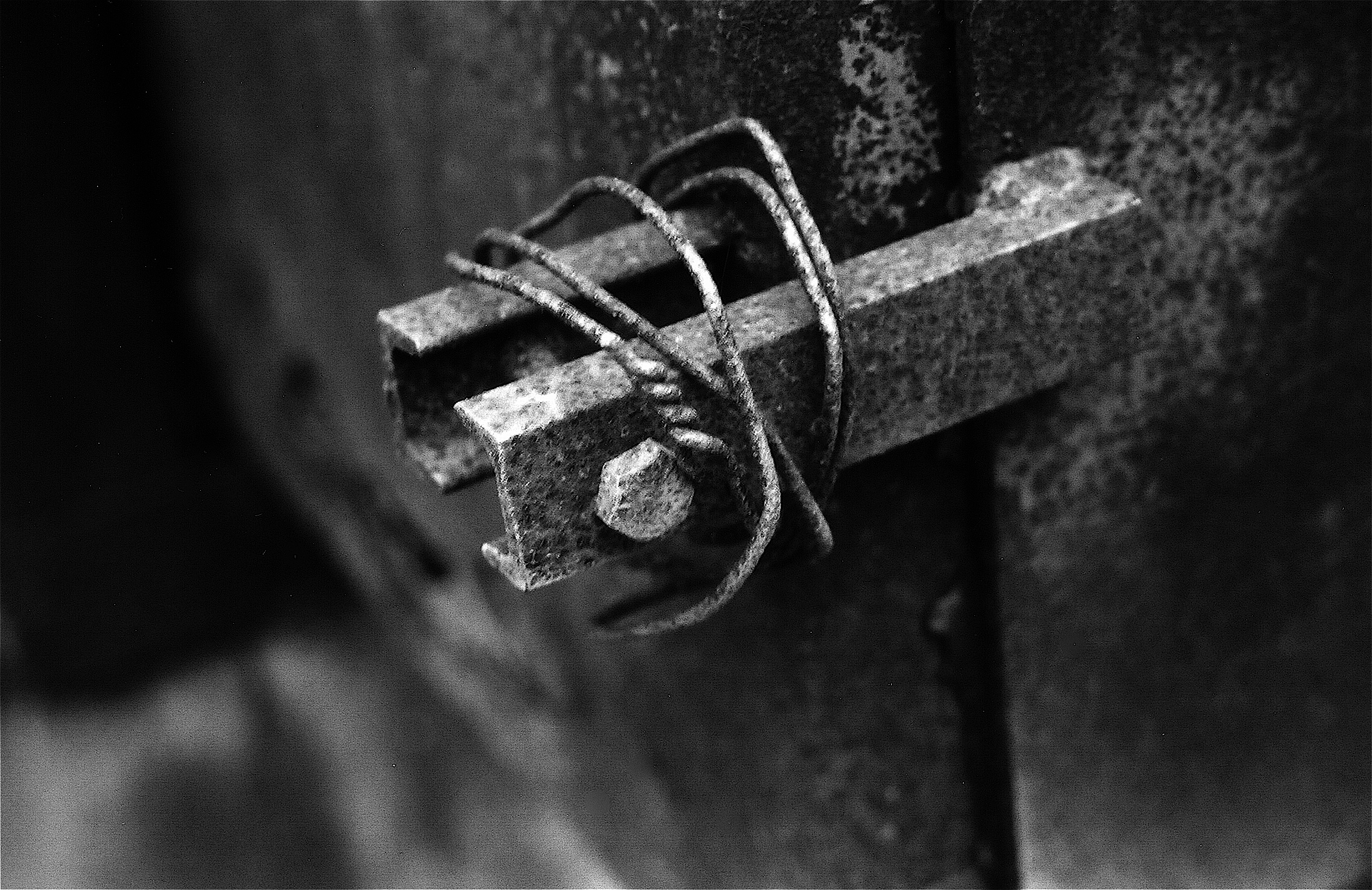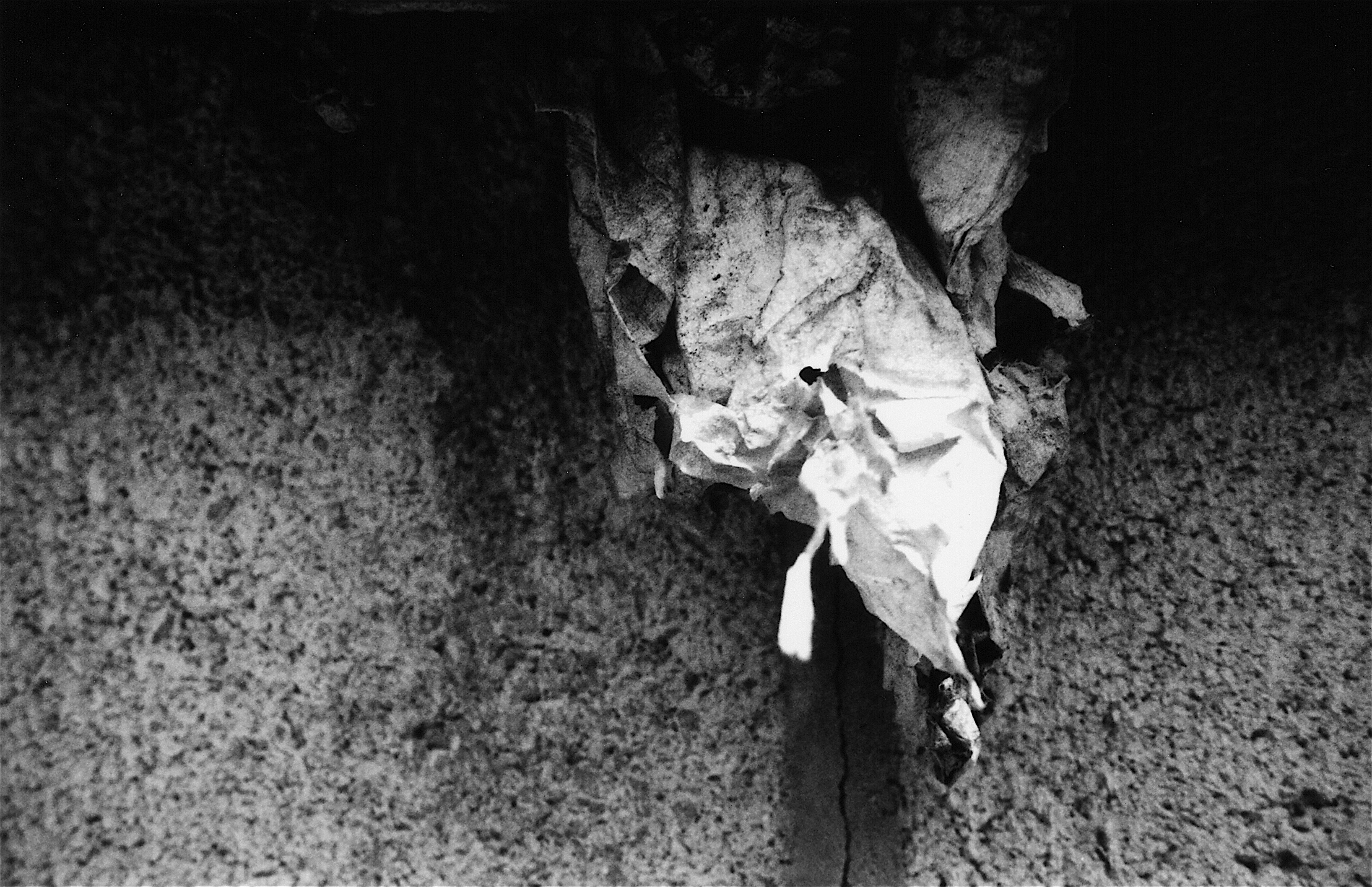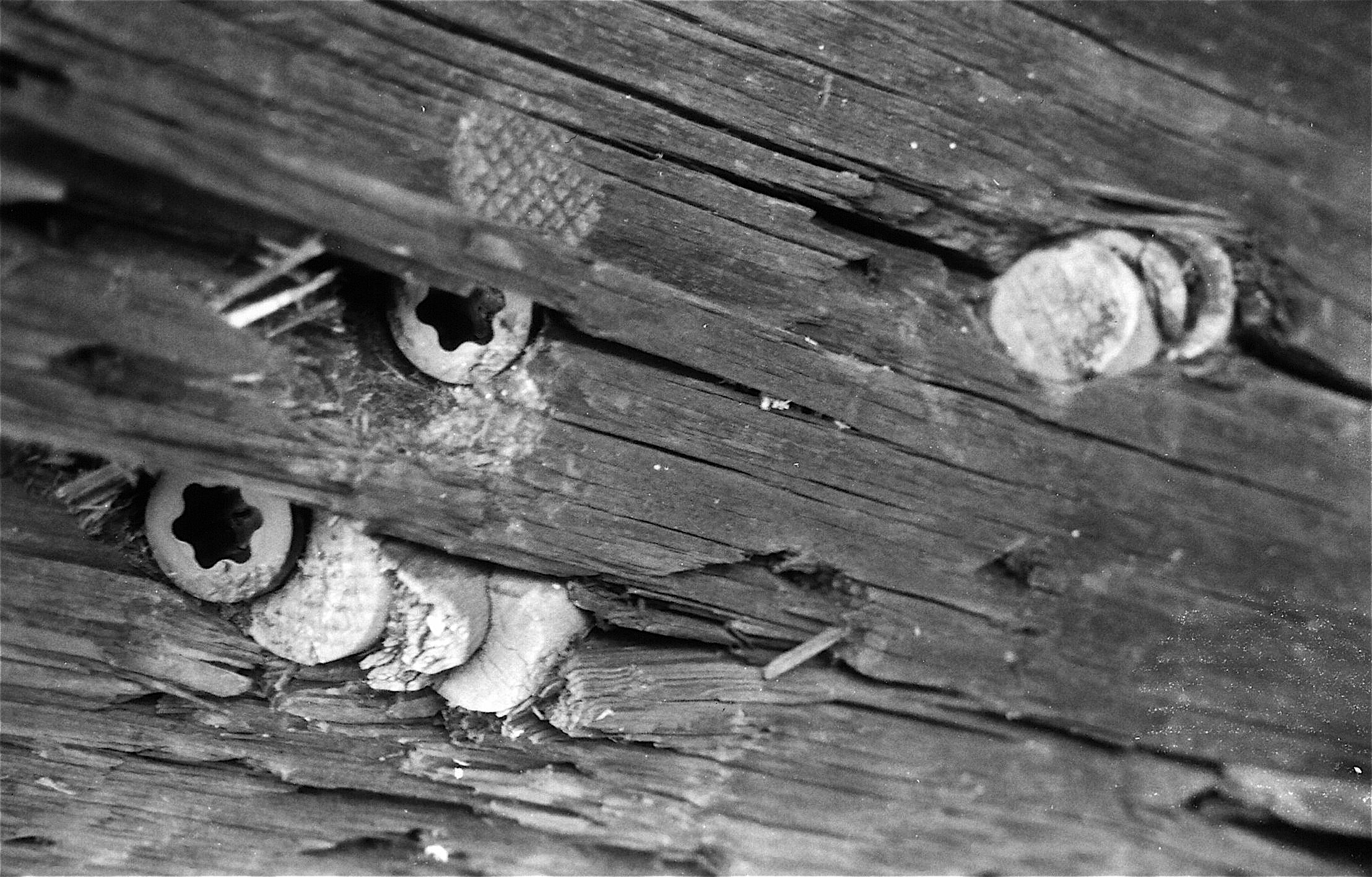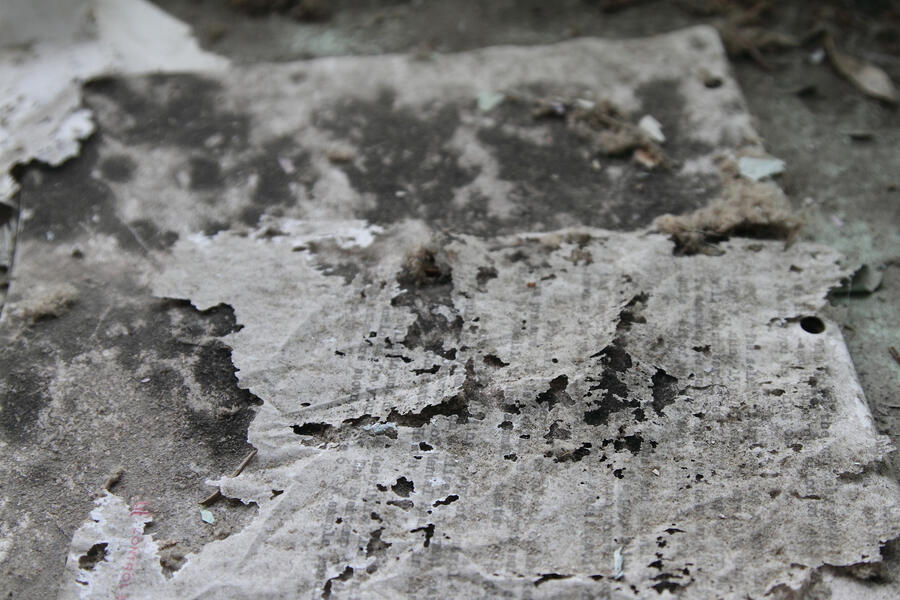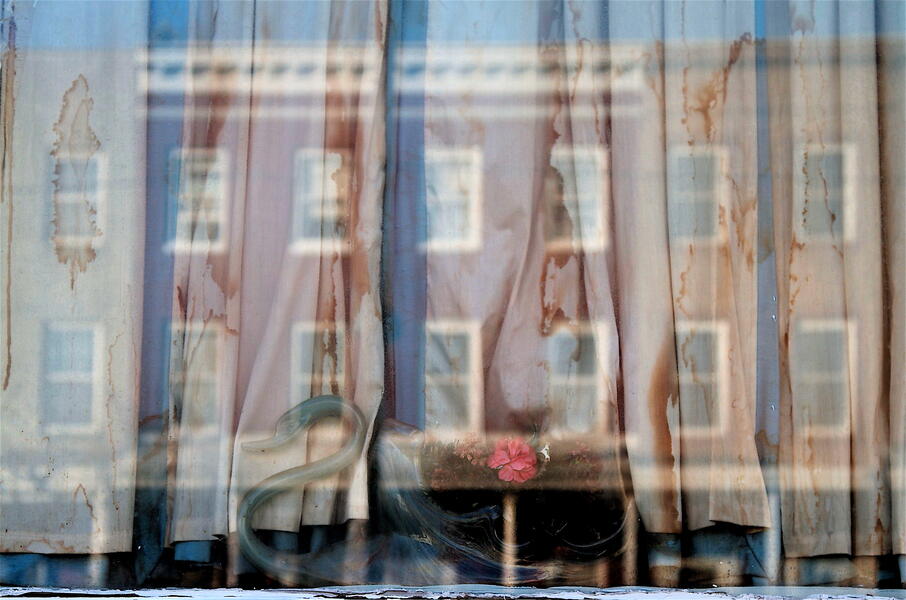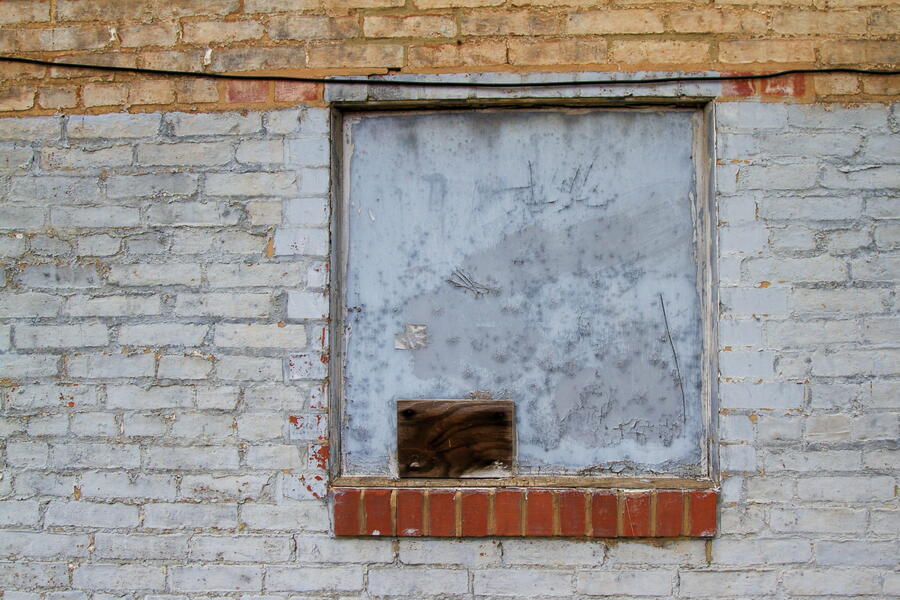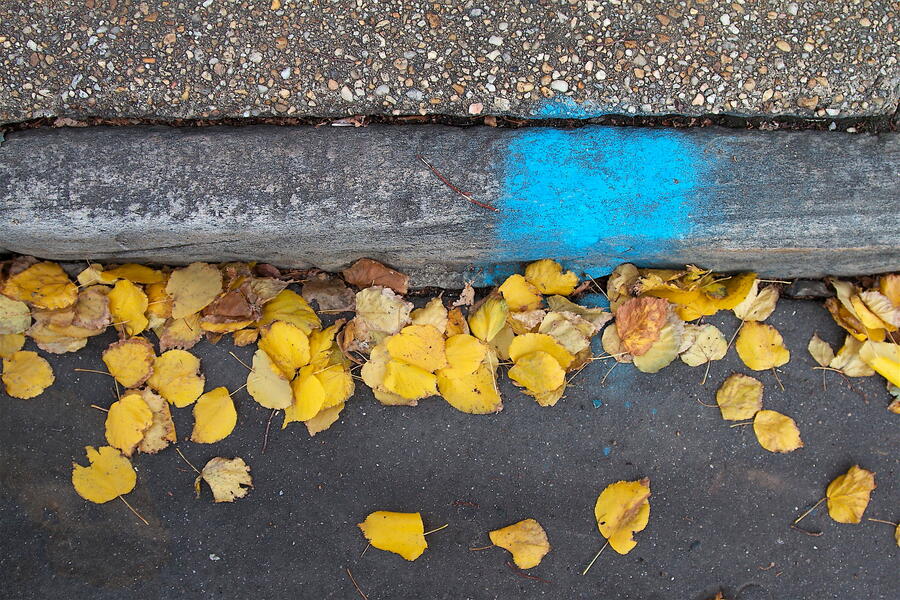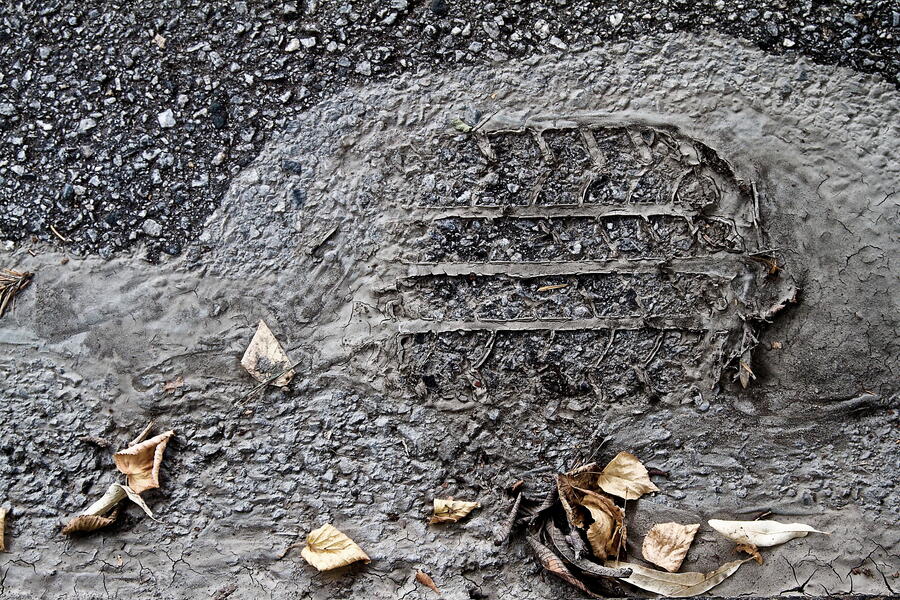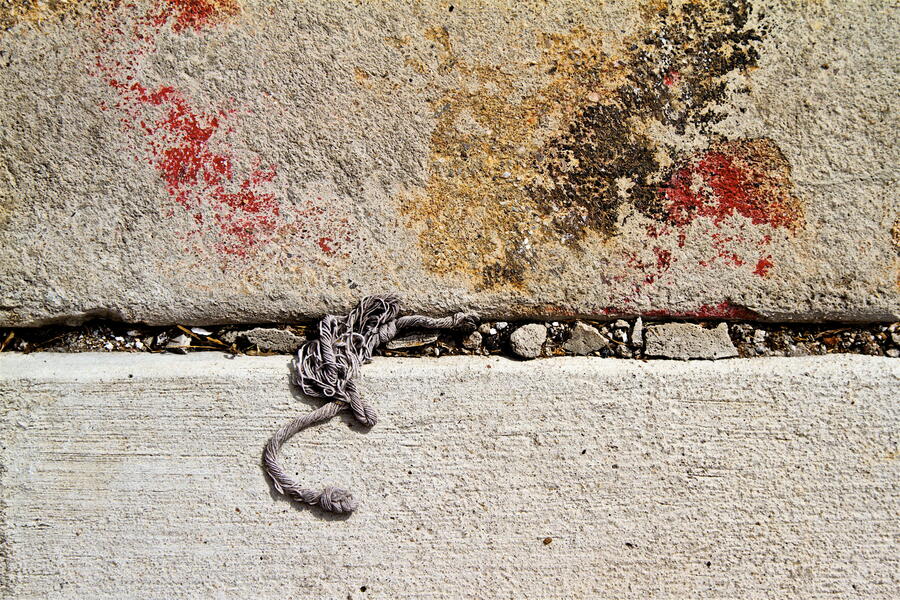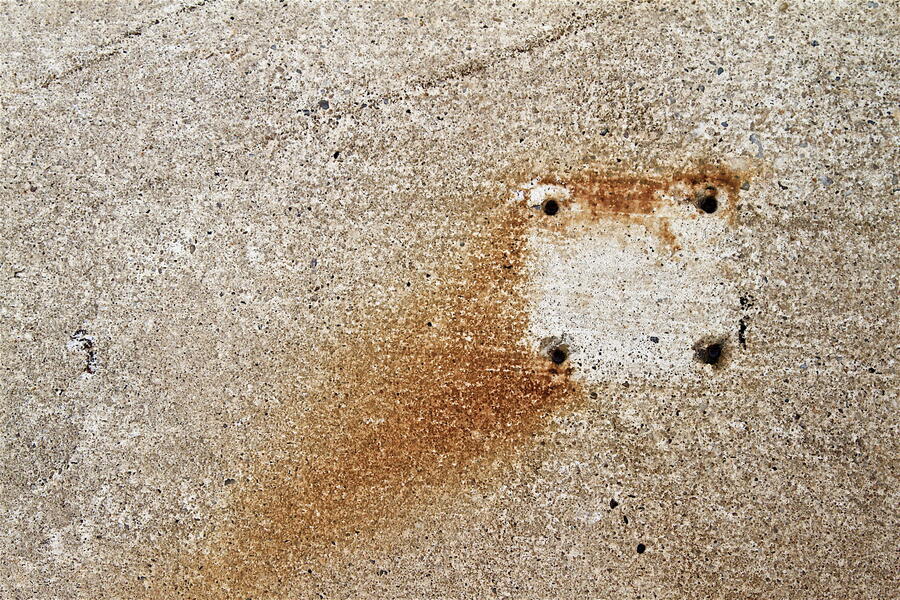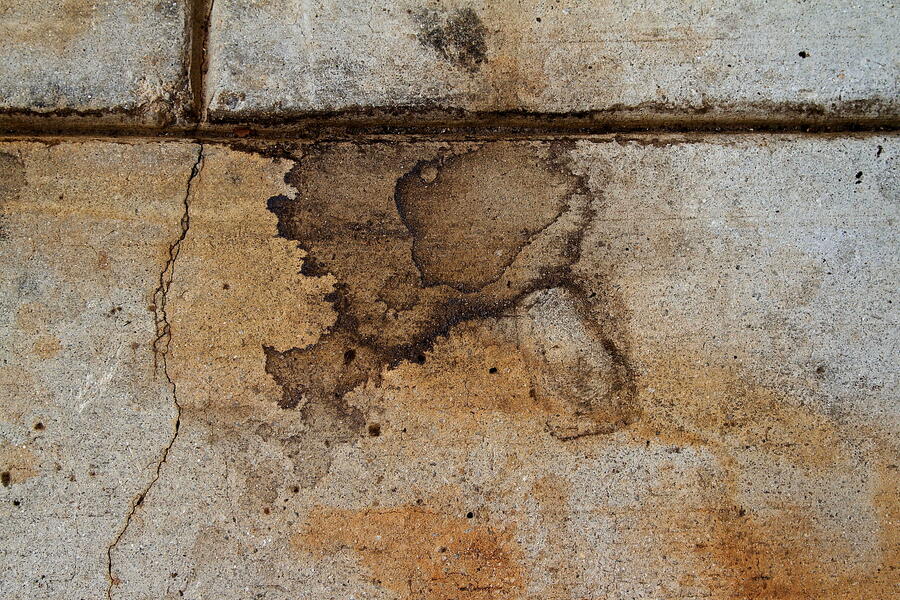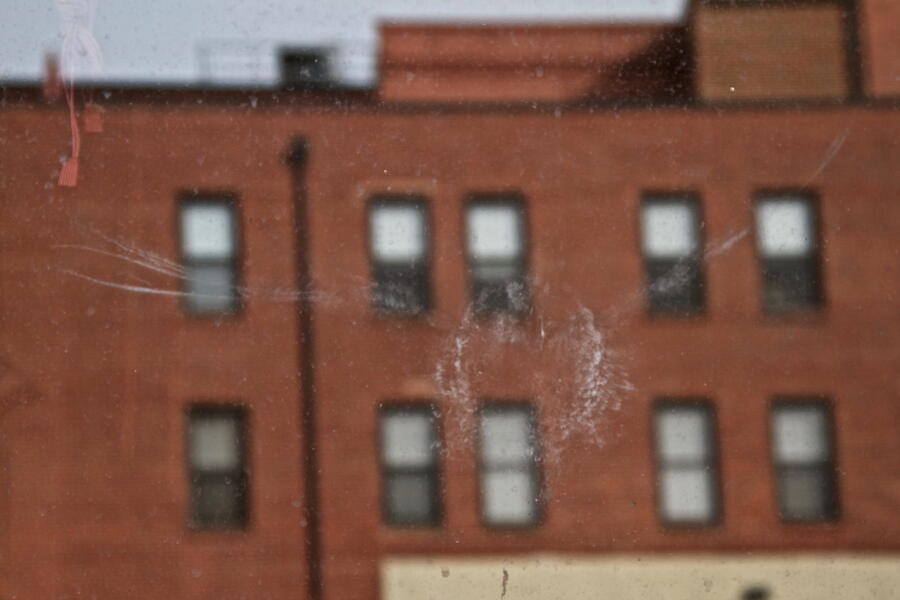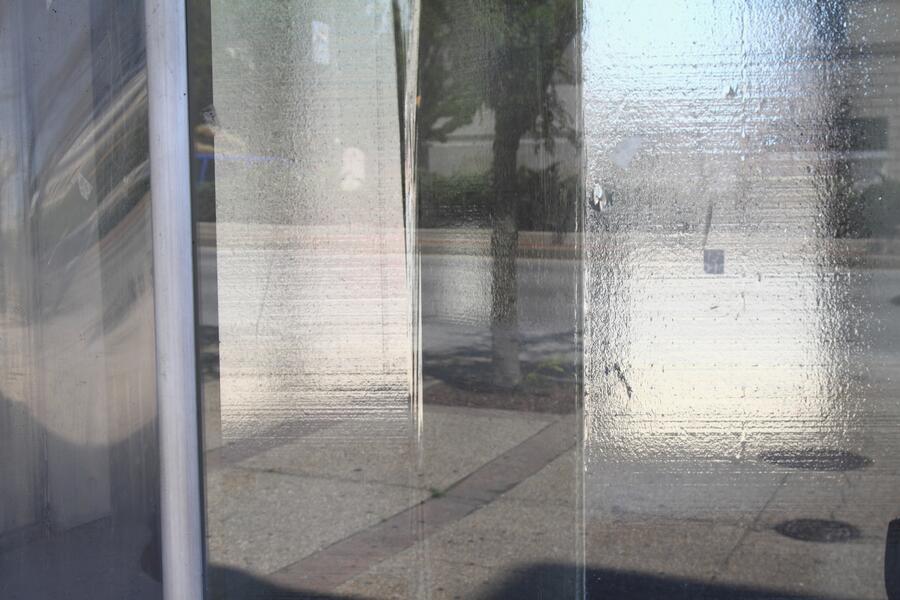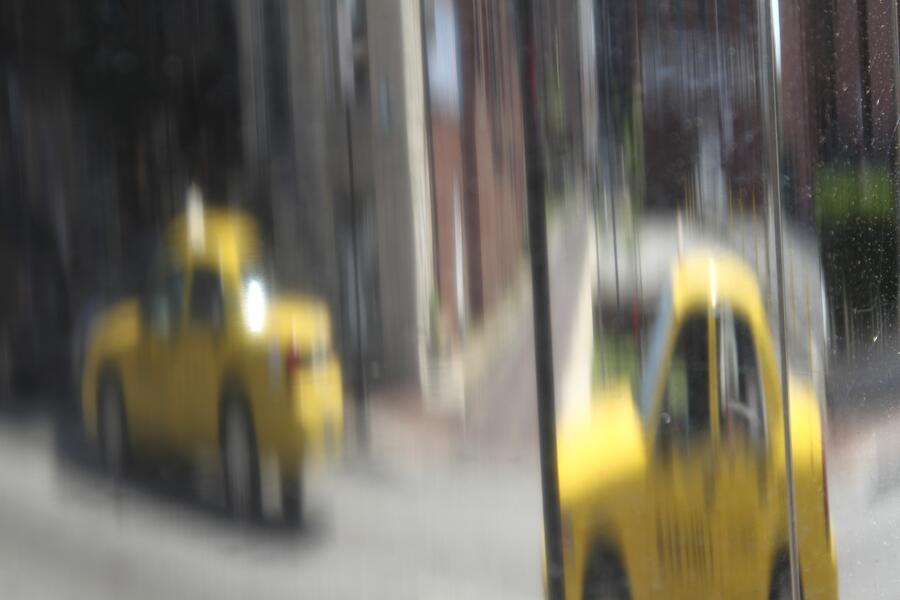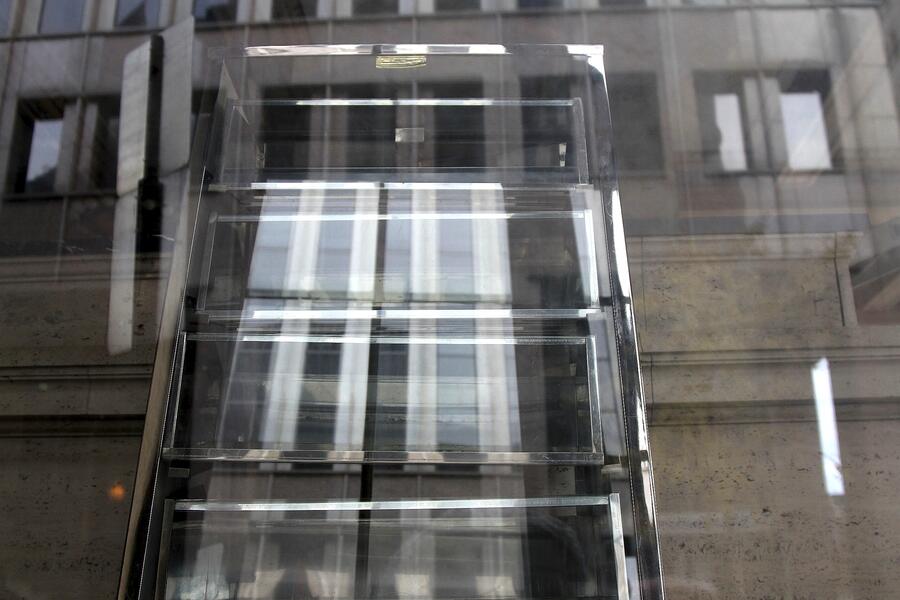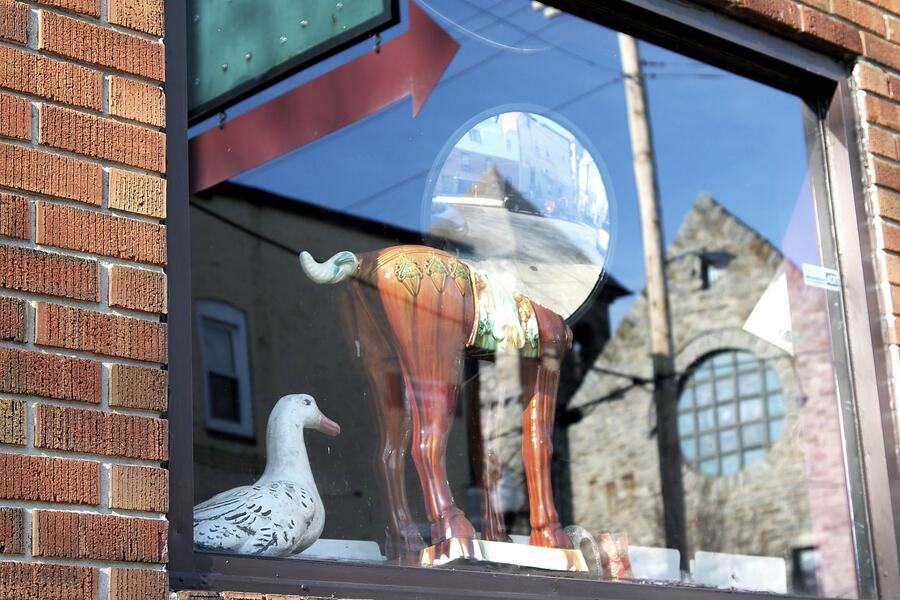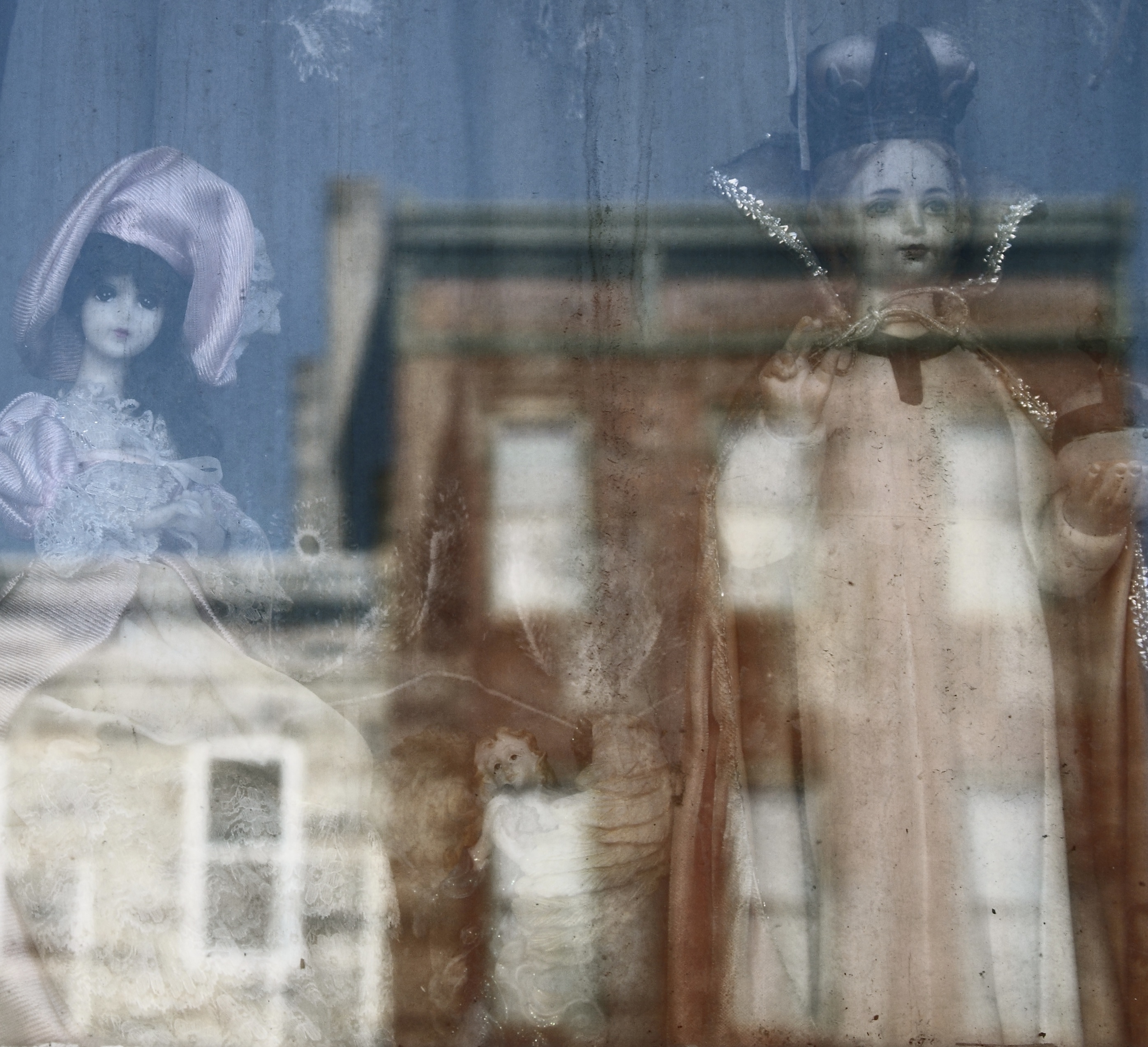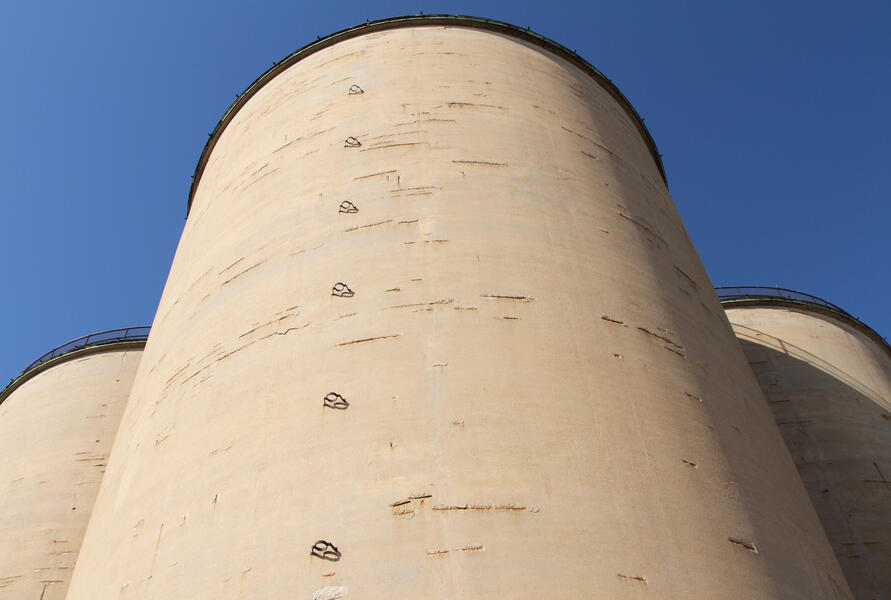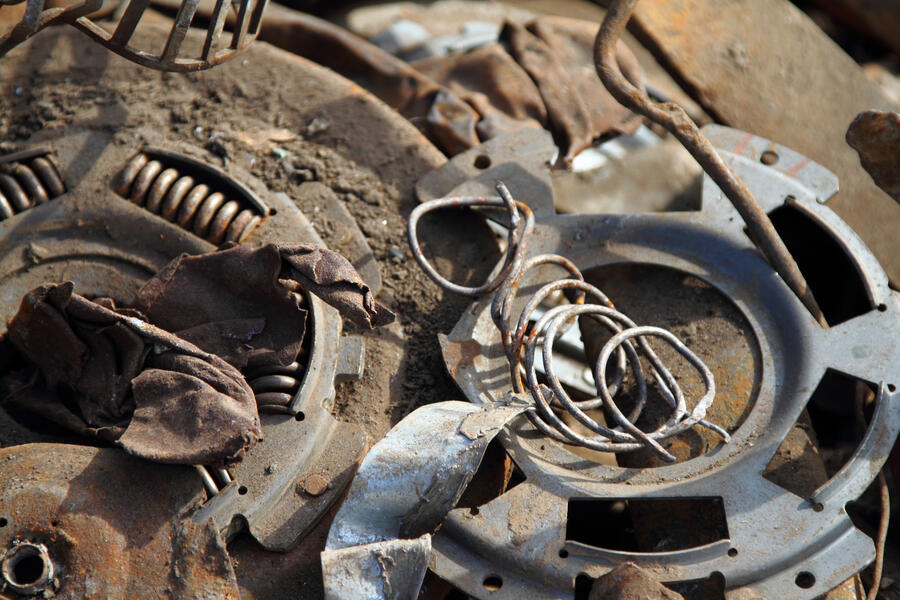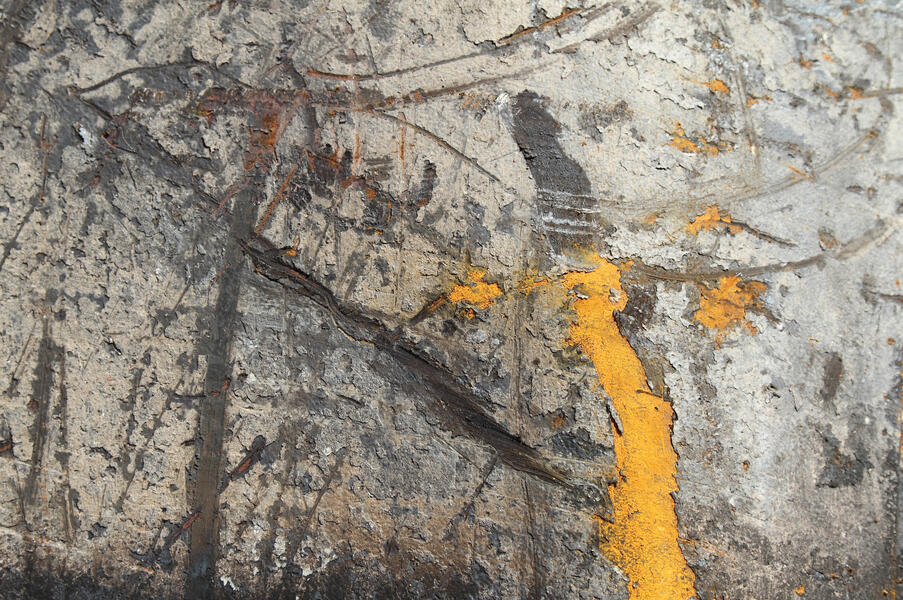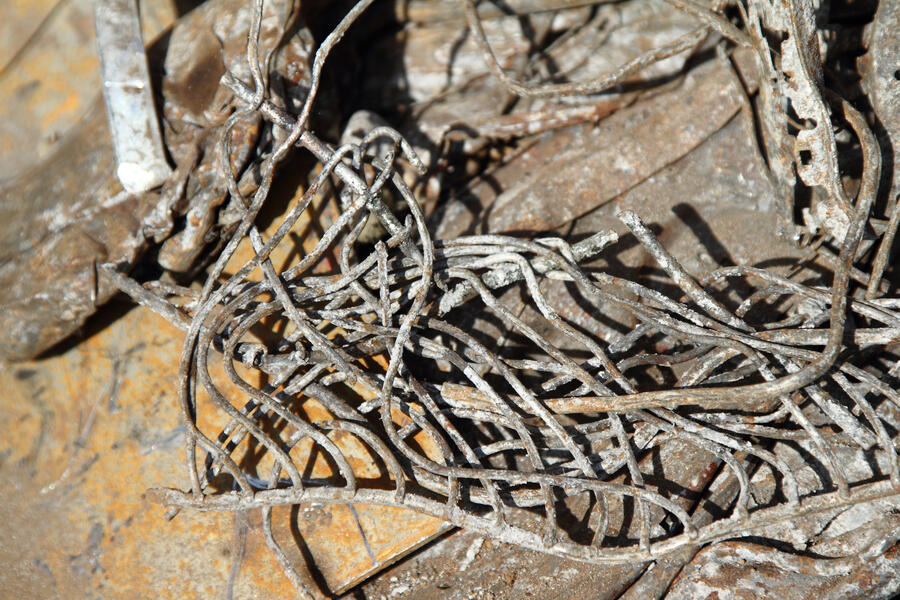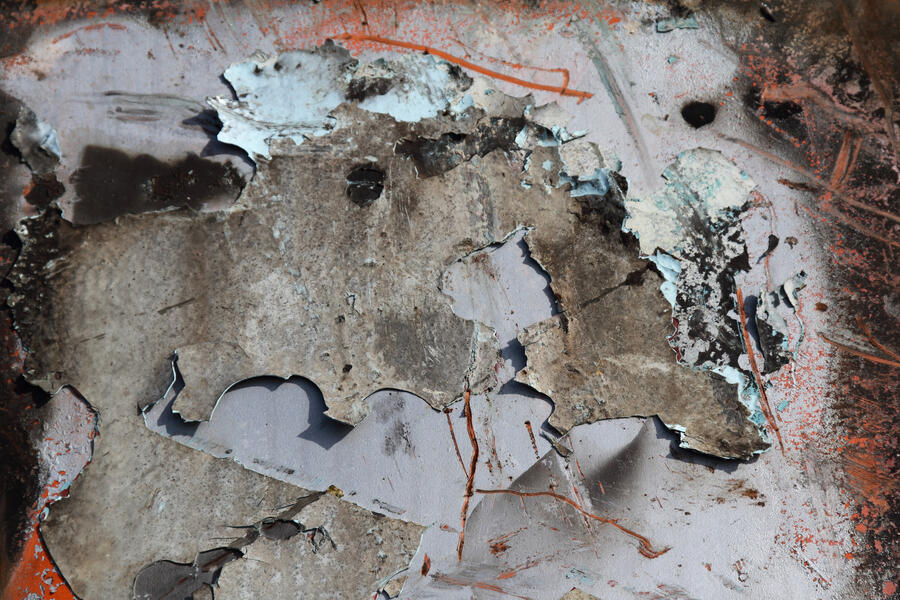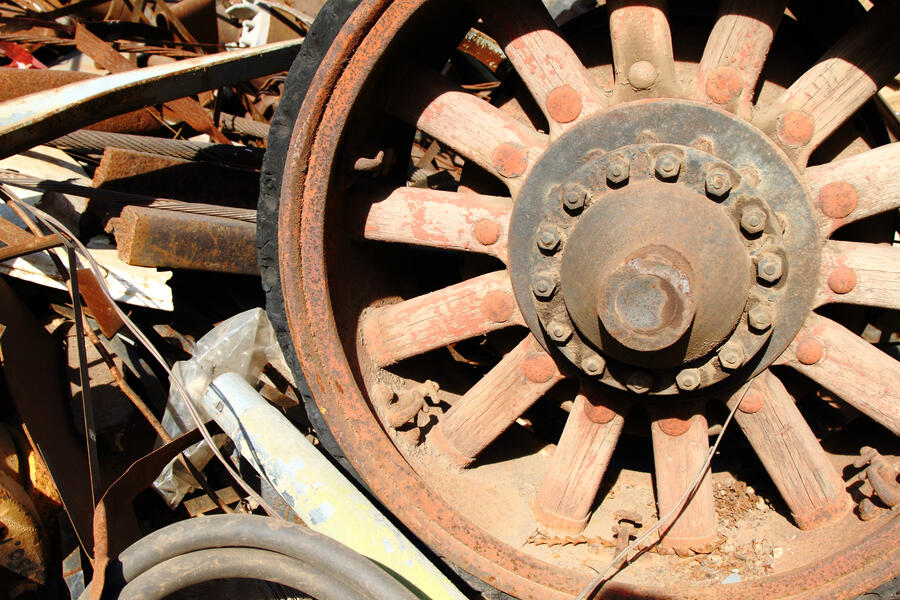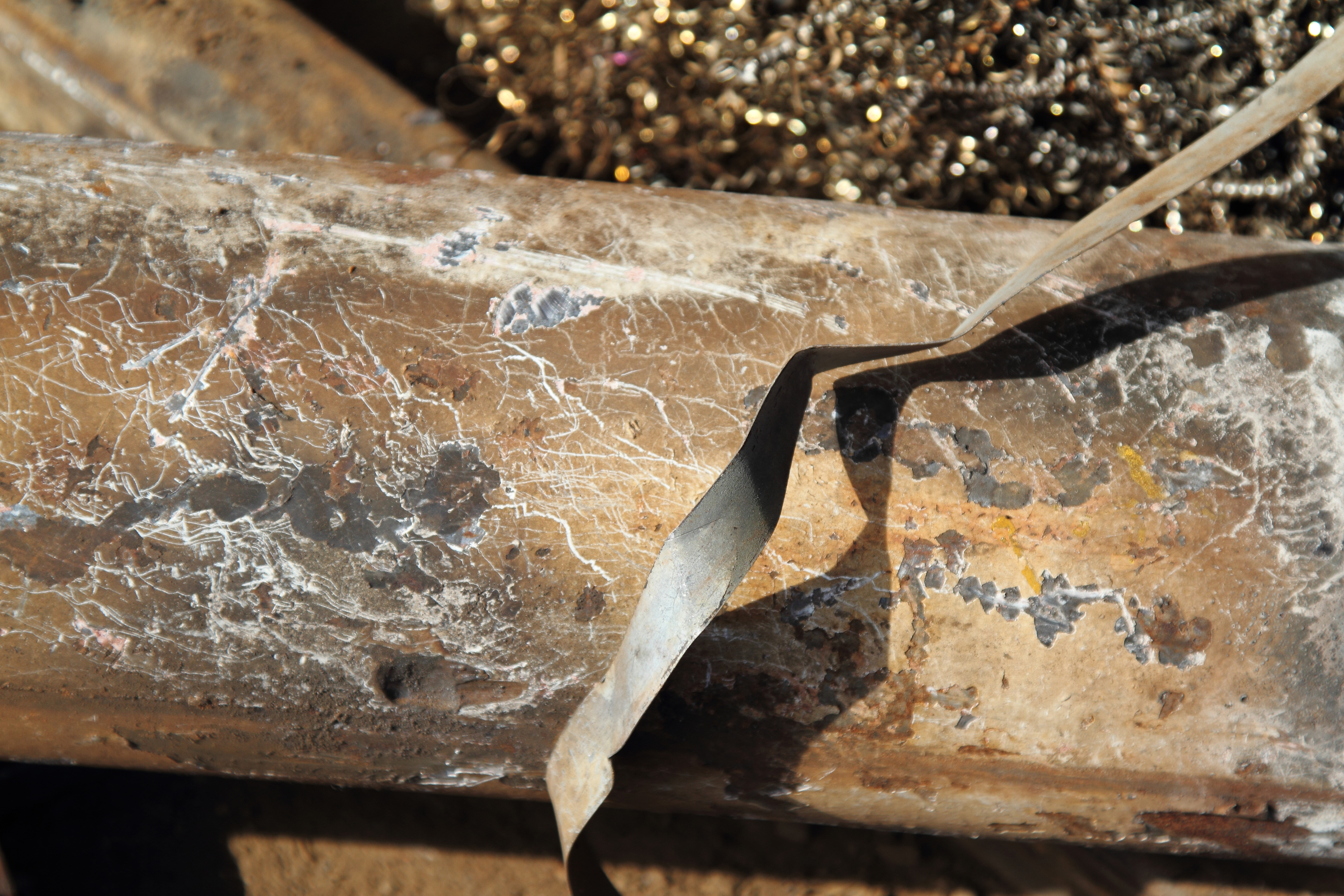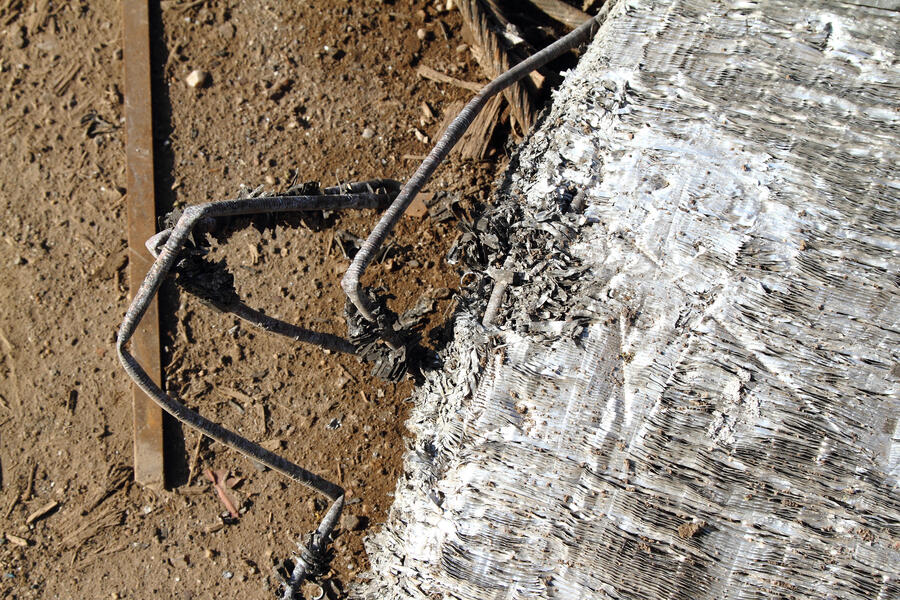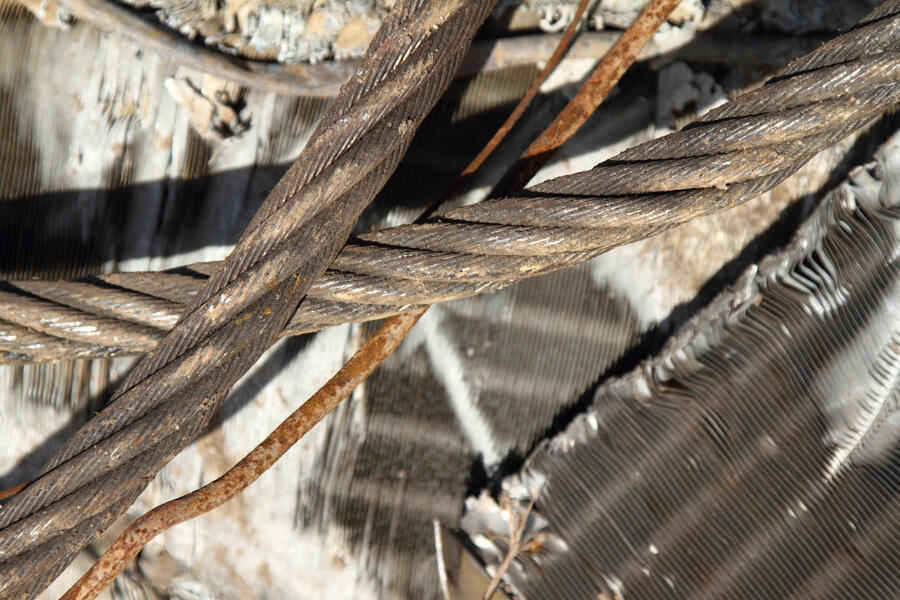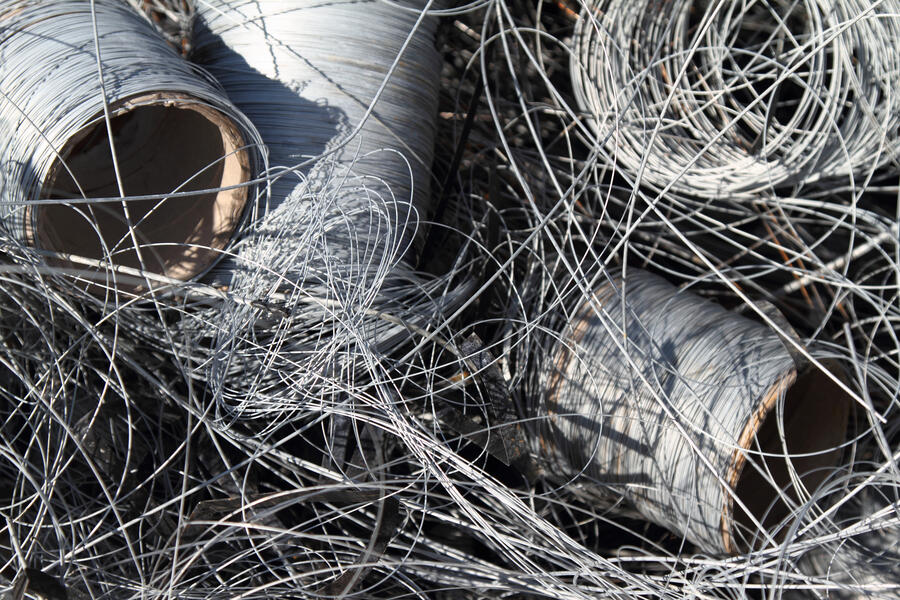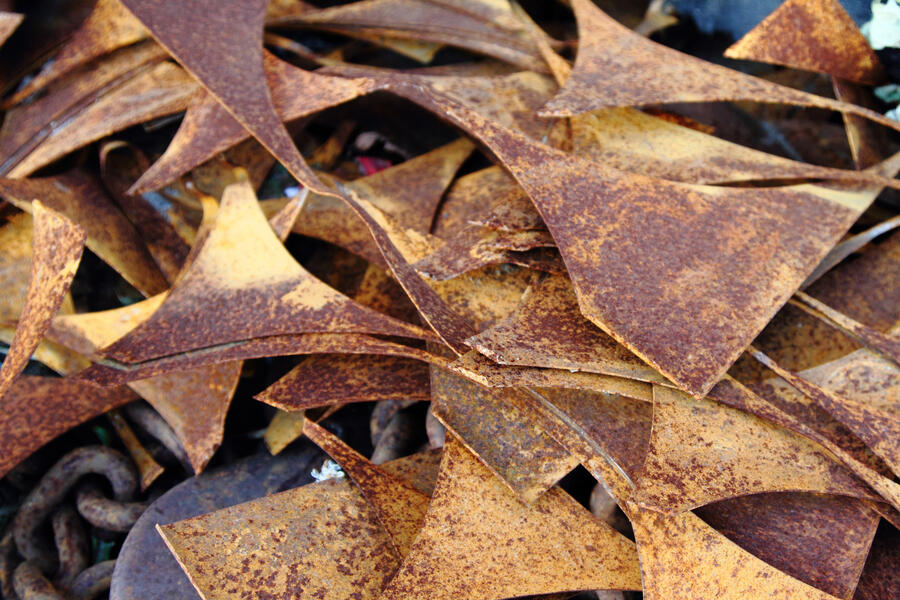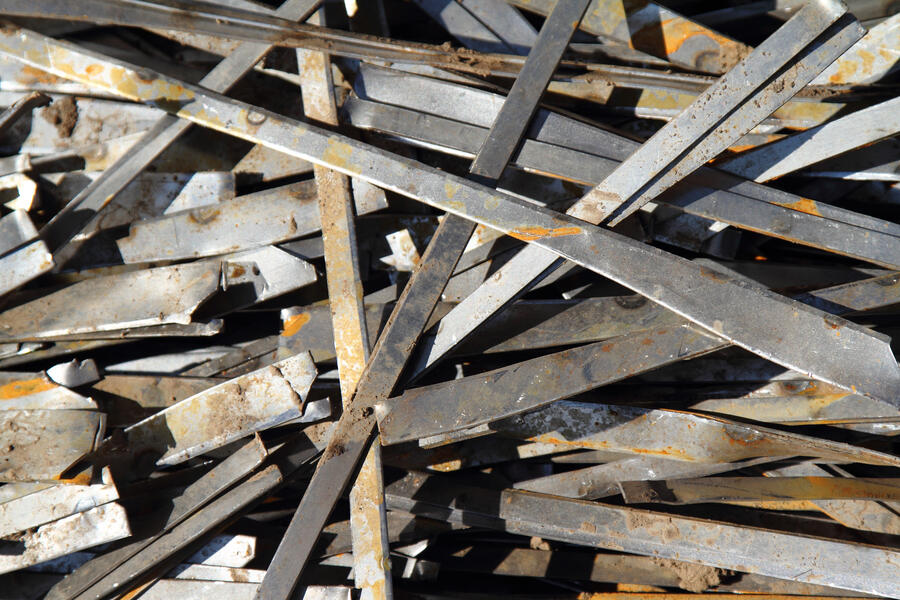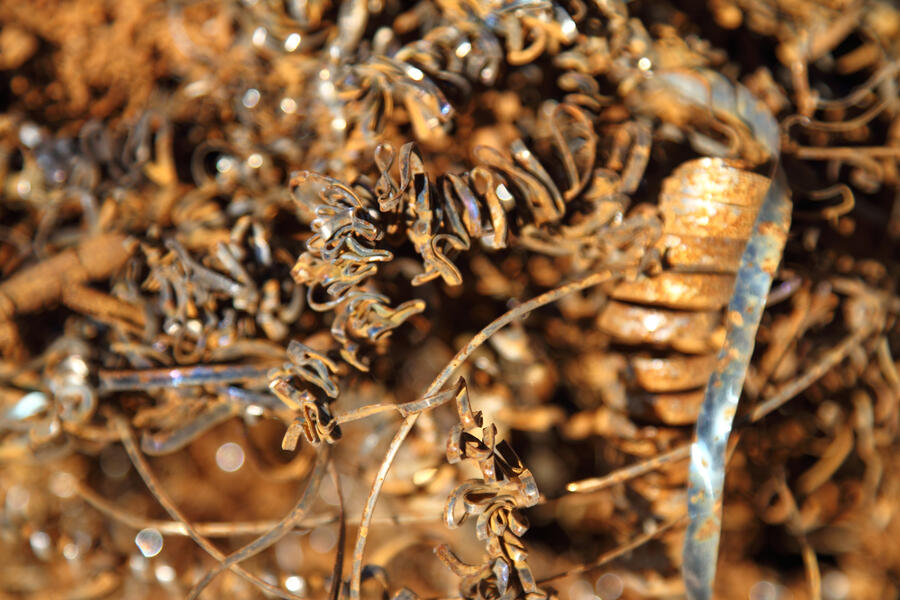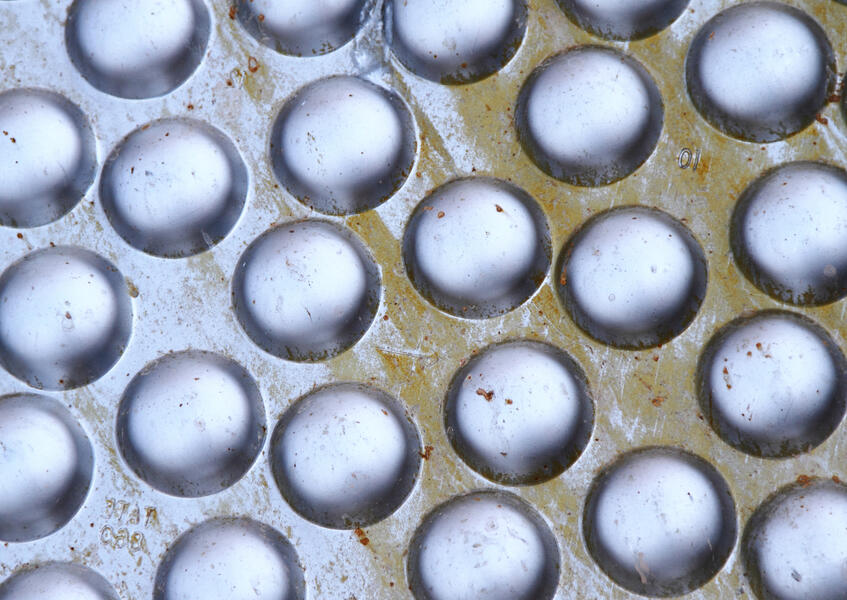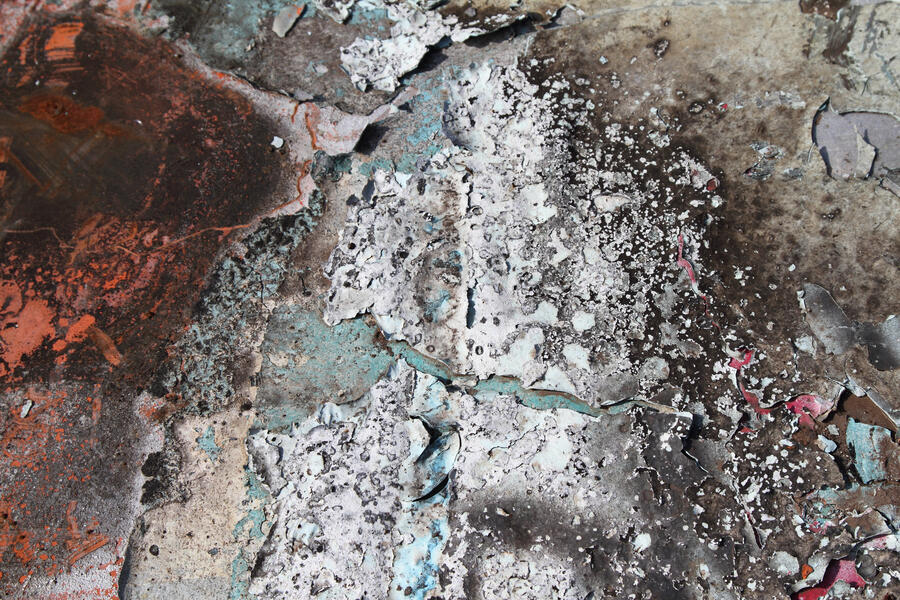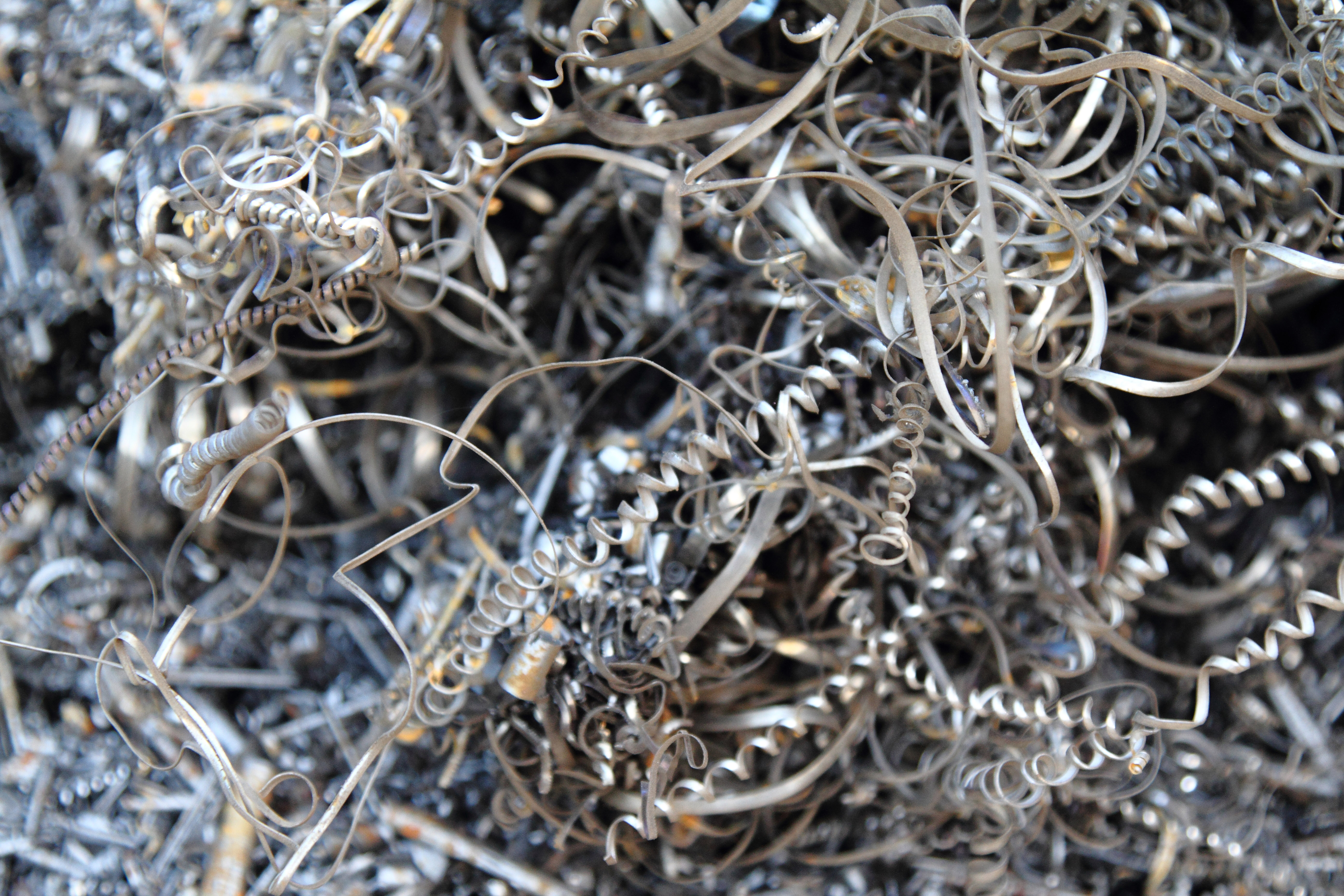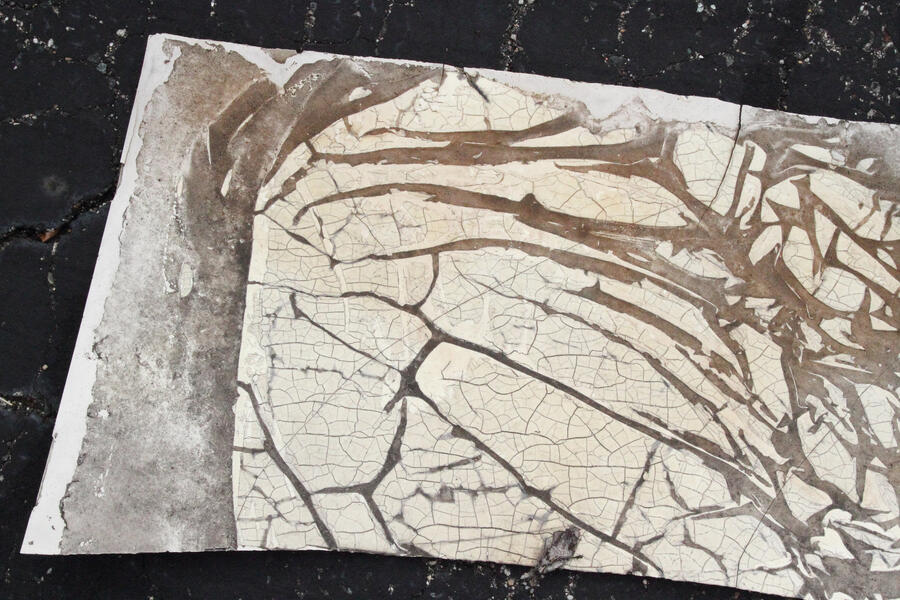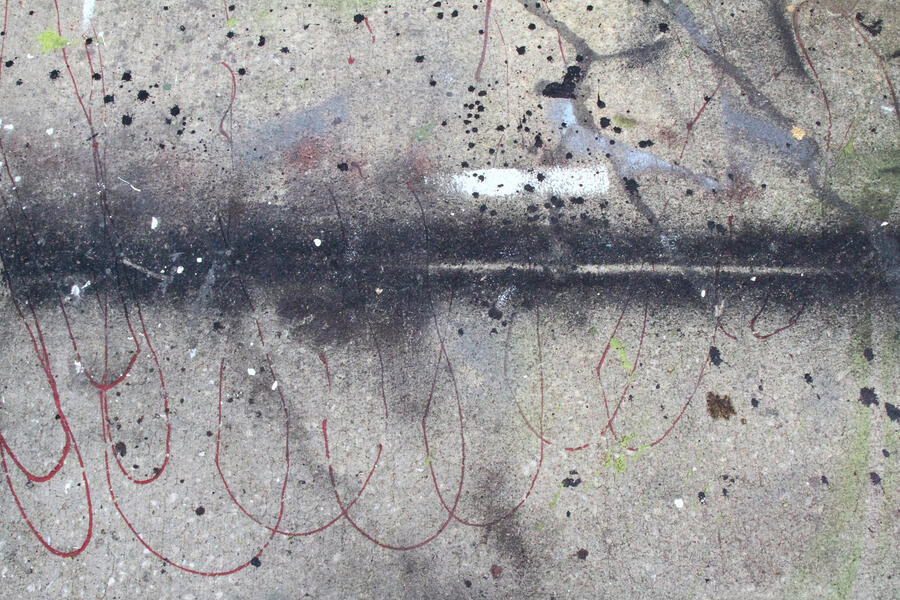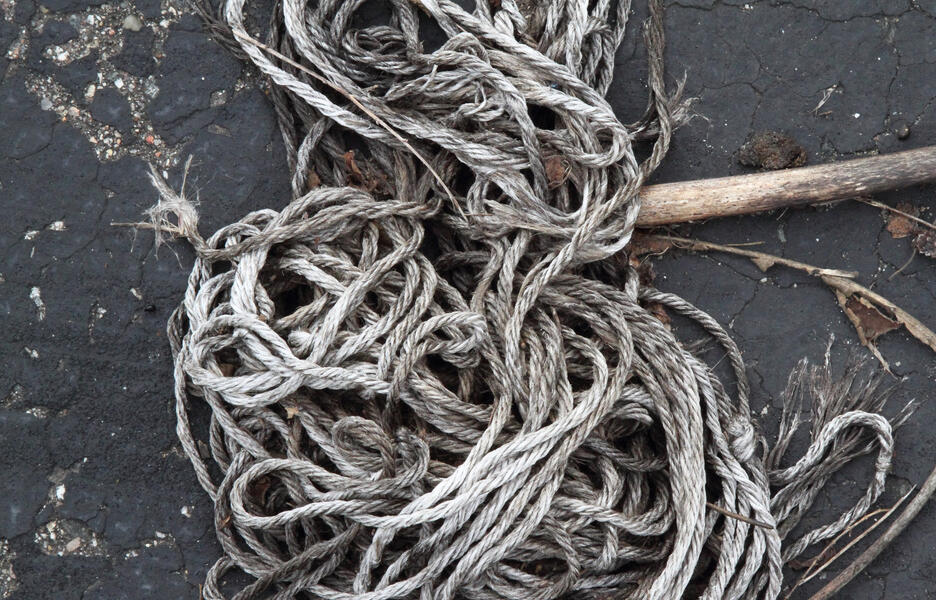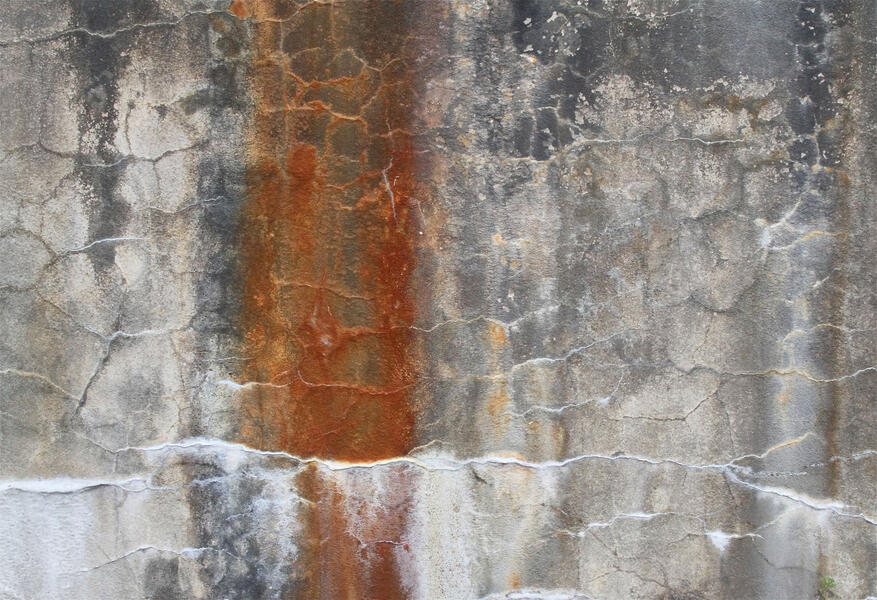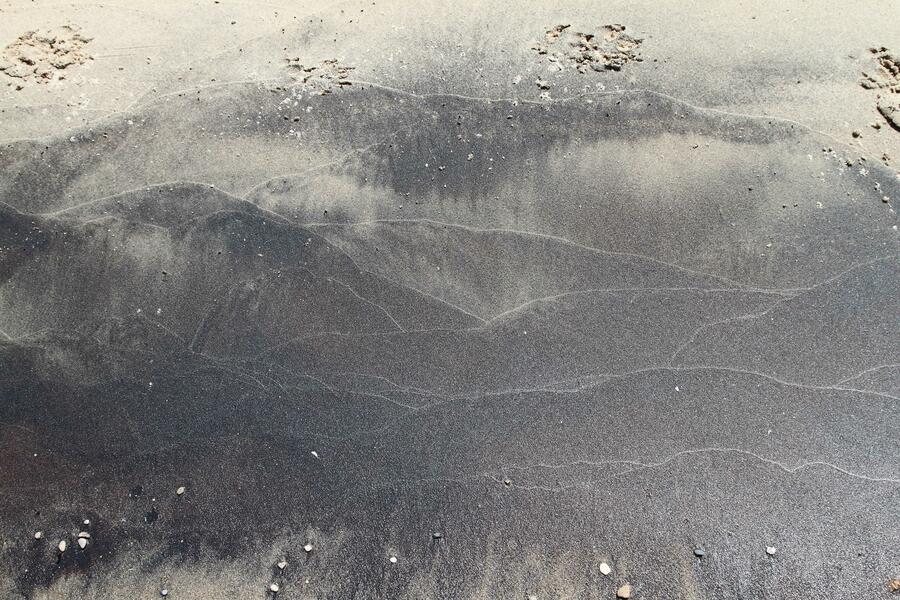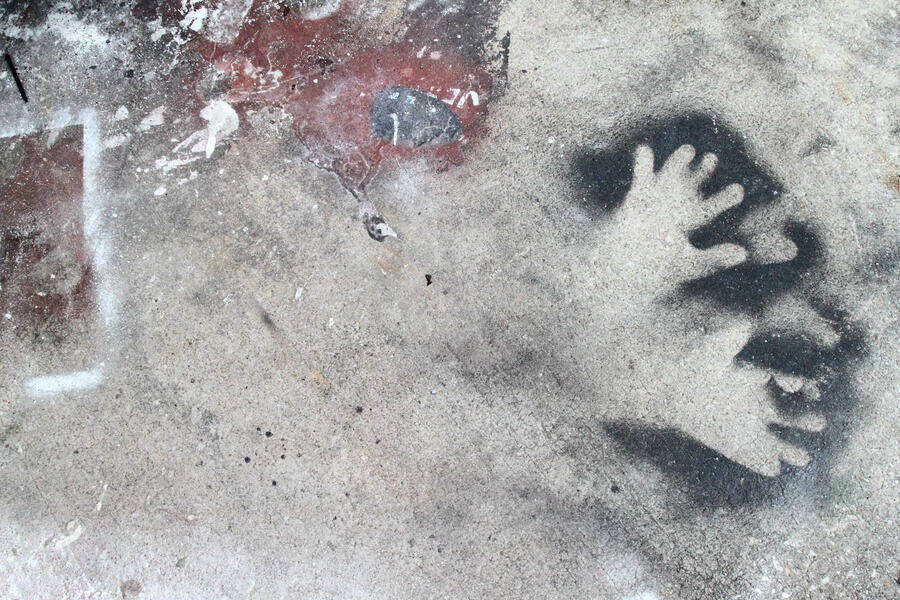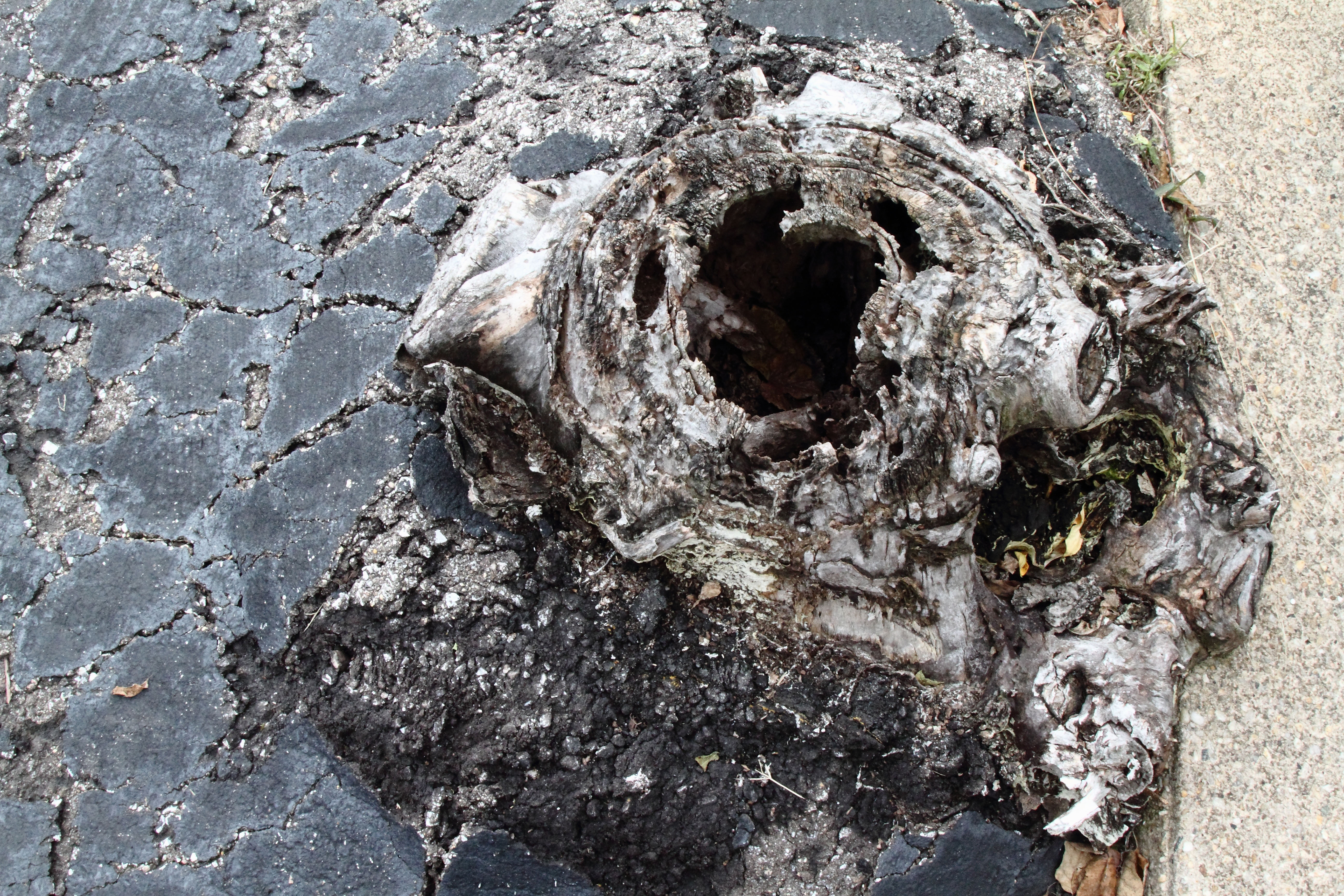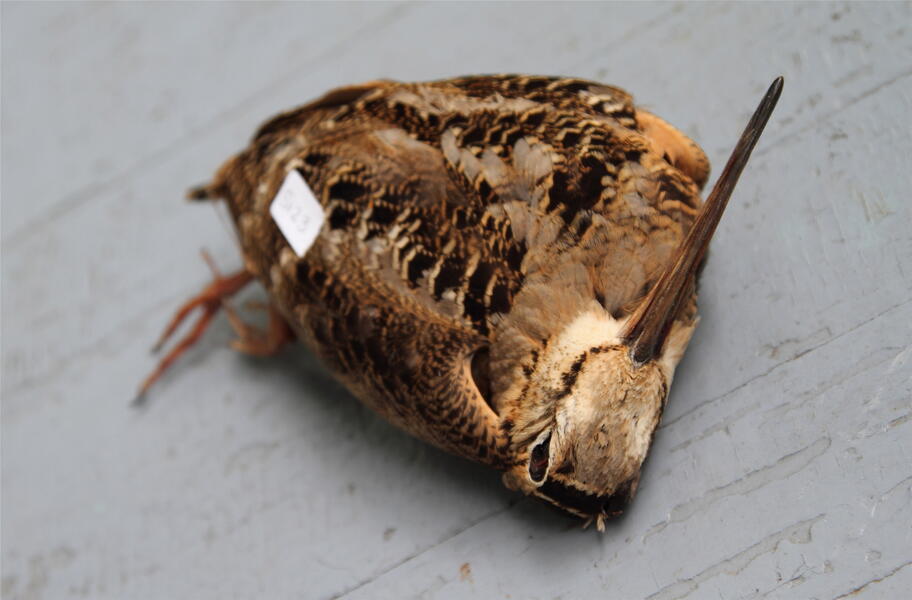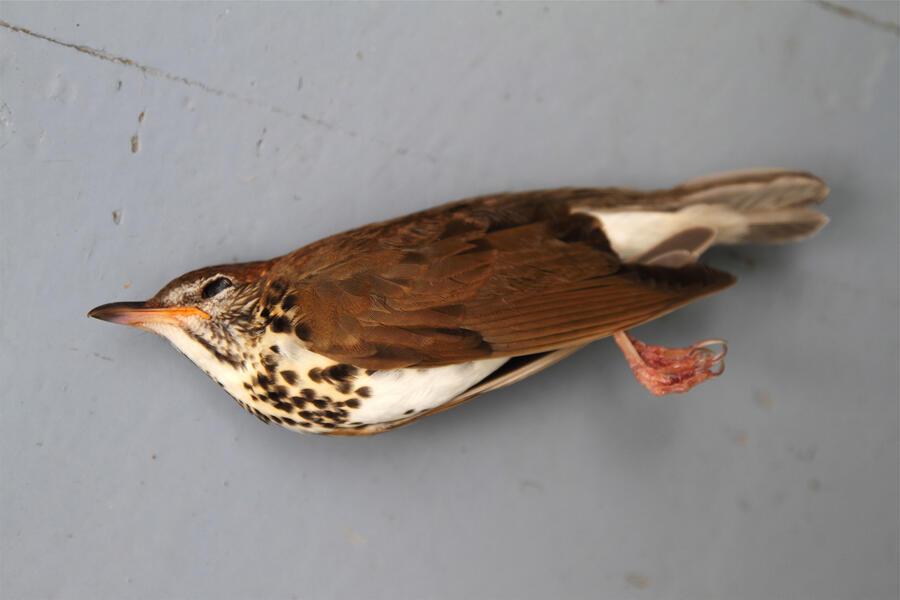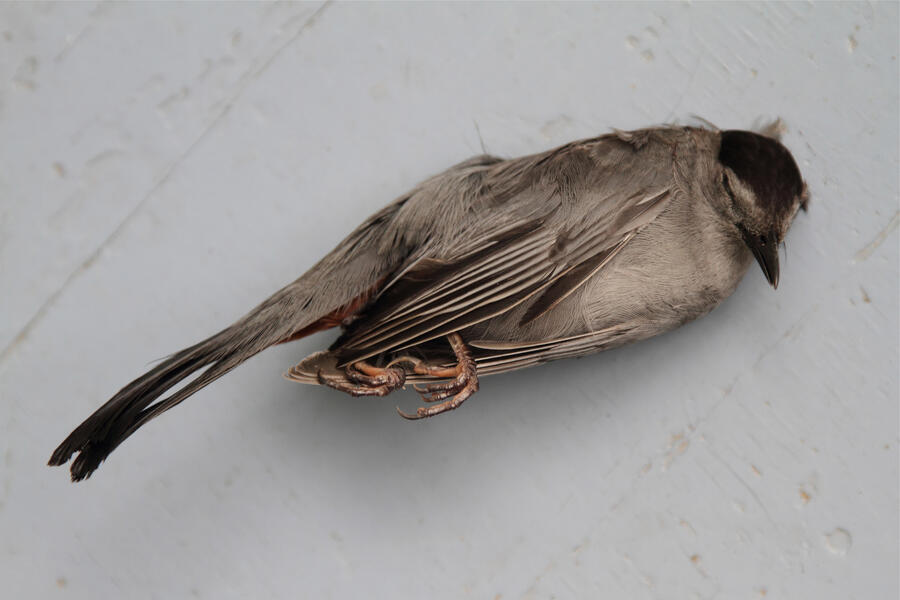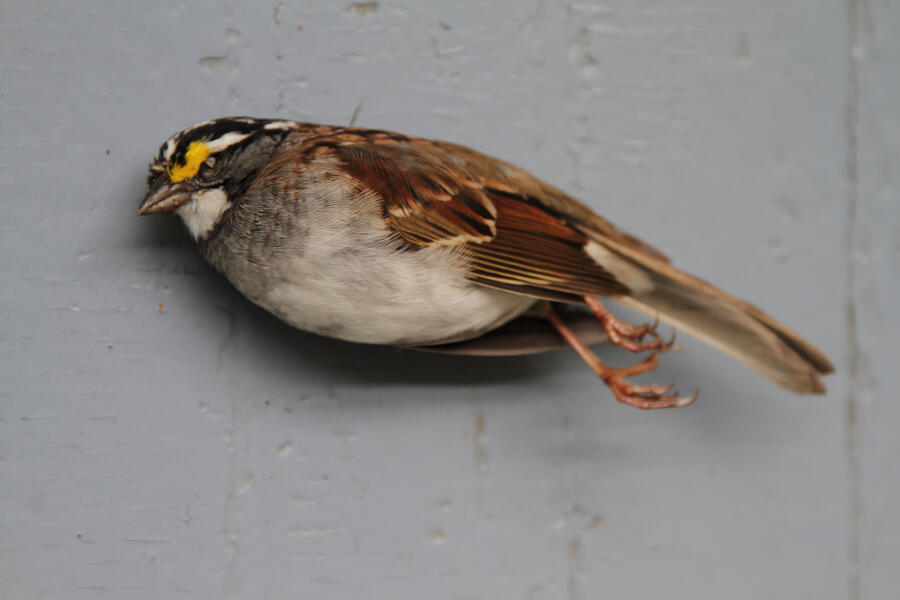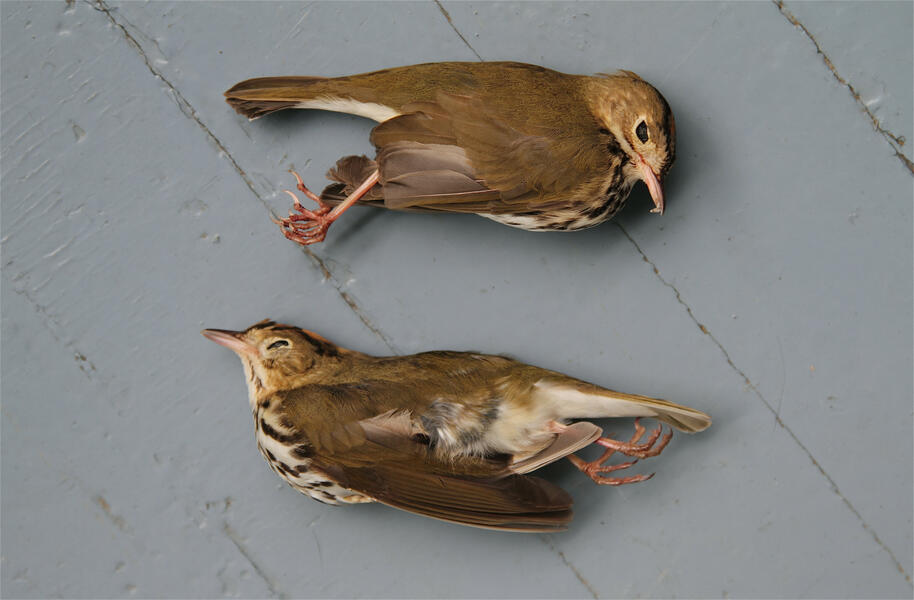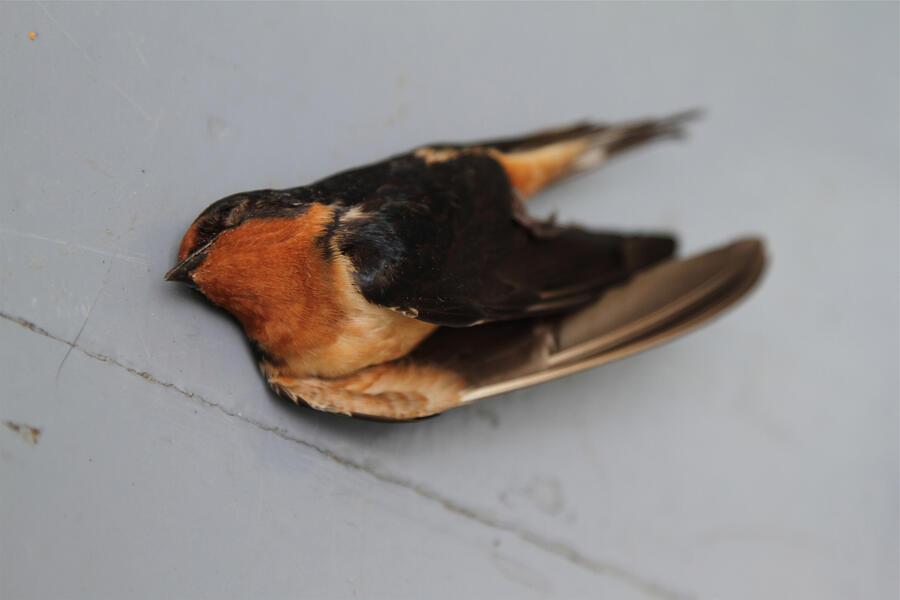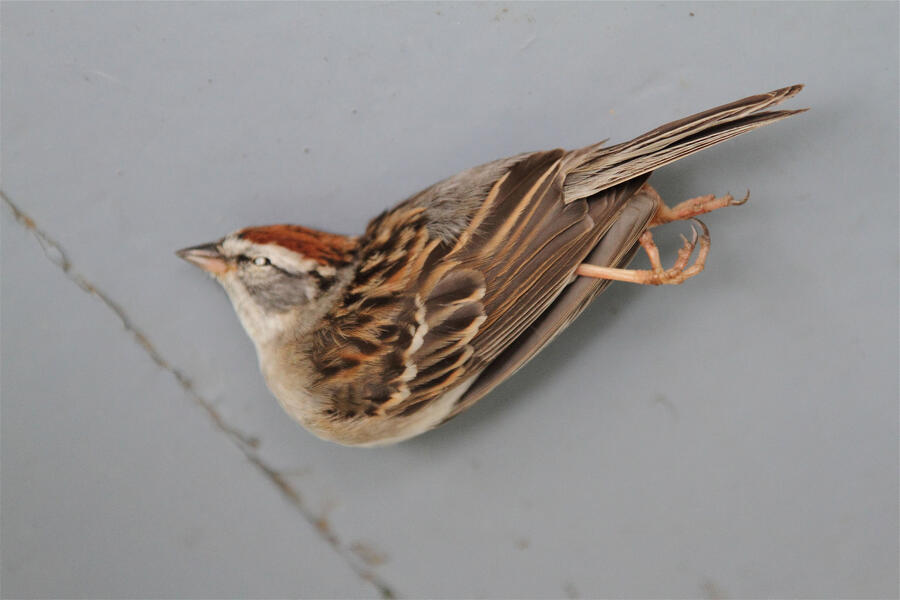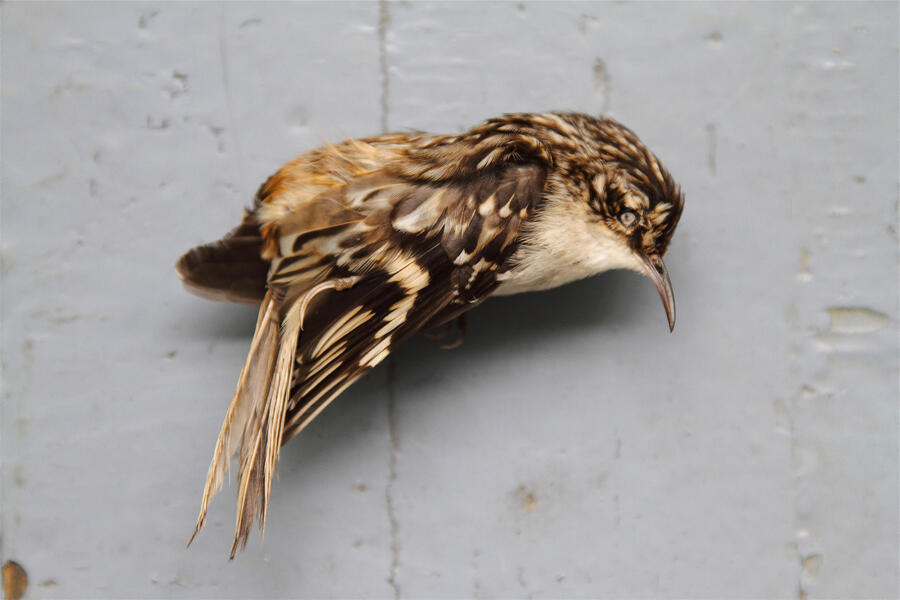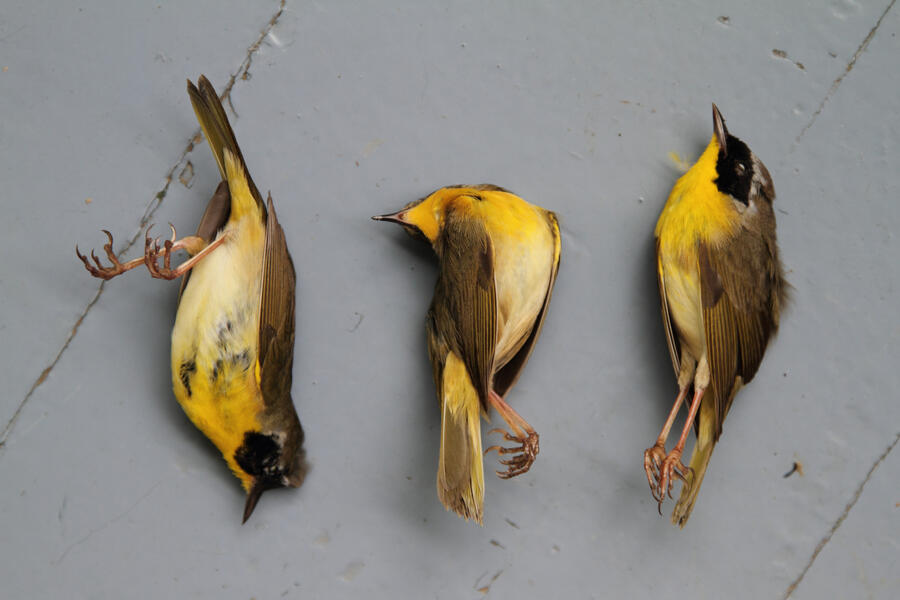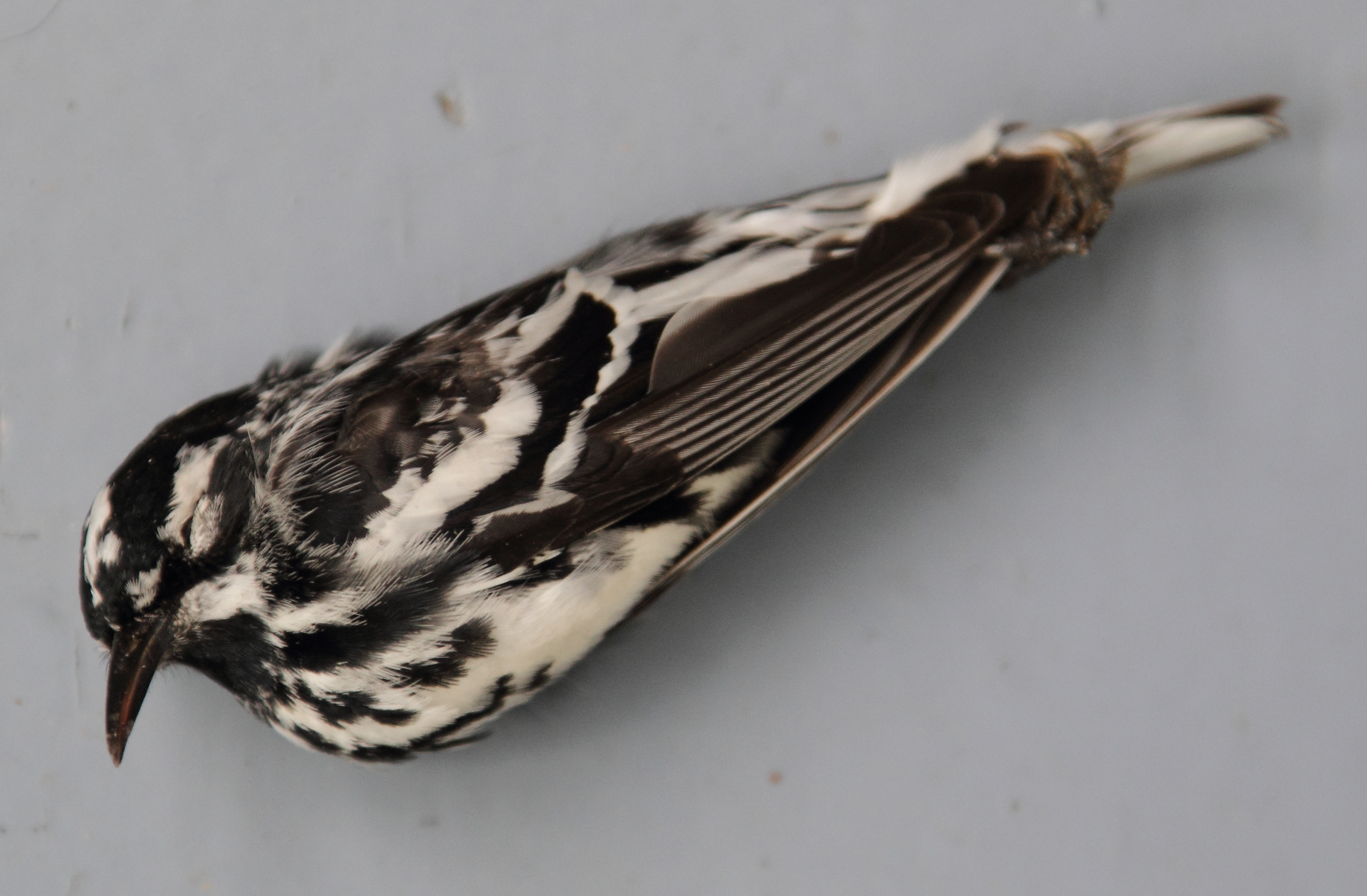About Lynne
Baltimore City
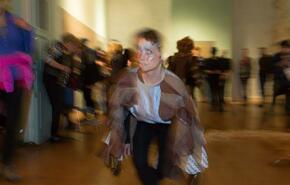
Lynne Parks was born and raised in Northern Virginia. She has been a resident of Baltimore, MD since 2003. She has a BA from Hollins University with an independent major in creative writing/theater/film studies. She is the Outreach Coordinator for Lights Out Baltimore, a bird conservation and wildlife rescue organization.
She is a practicing visual artist, curator, writer, and performer.
She is a practicing visual artist, curator, writer, and performer.
Jump to a project:
musing relics
I have long been fascinated by the multiple orientations afforded by wonder cabinets, and I have been much inspired by Kurt Schwitters' exquisitely composed refuse, Joseph Cornell's theatrical boxes and Louise Nevelson's assembled abstracts. I collect found objects and play with their reactability in the studio/laboratory, intrigued both by what they disclose and by the investigation of infinitesimal qualities, Duchamp's inframince.
As a child, I explored the unfamiliar and forgotten objects cluttered in my parents' drawers. Many afternoon hours were spent guessing at their practical usage, often as not imagining unlikely ones and imbuing them with life. The fountain pen nibs, defunct cigarette lighters, sewing machine parts and broken jewelry were my "plastic animals." My father's horological tools were especially evocative, later I was entranced with his beautiful landscape designs. I read mythology with my brother Bob and appropriated the notion of composite beasts.
Contained within my pieces are vessels and aberrant anatomies, seemingly disparate objects enthralled by shared qualities. Contrasting textures compliment or irritate, there are harmonies and tensions. The life of objects reflects our own desires, sensuality and procreation and also what might be tangled, corroded or broken within. Process and transformation are revealed in decay, there are revelries to be found in dust.
As a child, I explored the unfamiliar and forgotten objects cluttered in my parents' drawers. Many afternoon hours were spent guessing at their practical usage, often as not imagining unlikely ones and imbuing them with life. The fountain pen nibs, defunct cigarette lighters, sewing machine parts and broken jewelry were my "plastic animals." My father's horological tools were especially evocative, later I was entranced with his beautiful landscape designs. I read mythology with my brother Bob and appropriated the notion of composite beasts.
Contained within my pieces are vessels and aberrant anatomies, seemingly disparate objects enthralled by shared qualities. Contrasting textures compliment or irritate, there are harmonies and tensions. The life of objects reflects our own desires, sensuality and procreation and also what might be tangled, corroded or broken within. Process and transformation are revealed in decay, there are revelries to be found in dust.
asylum
My husband and I visited the Trans-Allegheny Lunatic Asylum in Weston, WV. Closed in 1994, it's what you would expect--peeling paint, falling ceiling tiles, cobwebs, grit, Virginia Creeper making inroads, oxidation, broken windows from bullet holes and thrown rocks. The rooms had been emptied of furniture and equipment. There were a few props to enhance the popular ghost-hunting tours. You stumble upon the sad and lonely deaths of animals. We found a cat and a bat. The guide gave us a map marked with "double suicide" and "bedpost murder."
Photographing in such places is a personal exploration for me. Perhaps it helps to purge the dark days of trying to help my mother through her depression. After my brother's death, she had long stays in psychiatric wards for the remainder of her life. The sadness and suffering that took place inside these buildings is personally acknowledged and easily imagined. I brought my ghosts with me. Owing to a rare disease, my own frequent association with hospital corridors, examination rooms, and surgical theaters--the shape of such places form parts of my psyche. Other considerations are intriguing. The hospital was used as a Civil War fort, built according to the Kirkbride Plan which attempted to promote a healthy environment for patients, designed by Baltimore architect Richard Andrews, and it claims to be the largest hand hewn building in the world after the Kremlin. Nestled in the mountains, it never would have been warm.
There were a number of buildings apart from the original hospital--an auxillary building for women, a geriatric building, forensics, a medical building (closed for asbestos cleanup), cafeteria, and maintenance facilities.
Photographing in such places is a personal exploration for me. Perhaps it helps to purge the dark days of trying to help my mother through her depression. After my brother's death, she had long stays in psychiatric wards for the remainder of her life. The sadness and suffering that took place inside these buildings is personally acknowledged and easily imagined. I brought my ghosts with me. Owing to a rare disease, my own frequent association with hospital corridors, examination rooms, and surgical theaters--the shape of such places form parts of my psyche. Other considerations are intriguing. The hospital was used as a Civil War fort, built according to the Kirkbride Plan which attempted to promote a healthy environment for patients, designed by Baltimore architect Richard Andrews, and it claims to be the largest hand hewn building in the world after the Kremlin. Nestled in the mountains, it never would have been warm.
There were a number of buildings apart from the original hospital--an auxillary building for women, a geriatric building, forensics, a medical building (closed for asbestos cleanup), cafeteria, and maintenance facilities.
bound and marked
These are images from walks I've taken through Baltimore's streets and alleys. I find compositions, I do not arrange them, except in the viewfinder of my camera.
"The term desmoid originates from the Greek word "desmos", meaning band or tendon-like and was first applied in the 1800s to describe tumors with a tendon-like consistency." These tumors bind the connective tissues. They knot into themselves and pull the body's structures out of alignment. They mutilate and sometimes they kill. My desmoid tumors have come out of remission. I think of how these tumors have marked my flesh. I think of the many tissue stains that have gone into verifying my diagnosis. I look at the cellular structure of the tumors. I find these forms in structures around me.
For me, these images represent the new constraints my body is experiencing, the shape of the disease. Things unravel for us all at times and we patch together our lives as best we can. Nonetheless, we can find beauty in the worst moments. Beauty. My own disfigurement prompts me to find it in unexpected places. We can hope that such consideration causes us to reflect and gain understanding and empathy. I hope it compels us to accept one another.
"The term desmoid originates from the Greek word "desmos", meaning band or tendon-like and was first applied in the 1800s to describe tumors with a tendon-like consistency." These tumors bind the connective tissues. They knot into themselves and pull the body's structures out of alignment. They mutilate and sometimes they kill. My desmoid tumors have come out of remission. I think of how these tumors have marked my flesh. I think of the many tissue stains that have gone into verifying my diagnosis. I look at the cellular structure of the tumors. I find these forms in structures around me.
For me, these images represent the new constraints my body is experiencing, the shape of the disease. Things unravel for us all at times and we patch together our lives as best we can. Nonetheless, we can find beauty in the worst moments. Beauty. My own disfigurement prompts me to find it in unexpected places. We can hope that such consideration causes us to reflect and gain understanding and empathy. I hope it compels us to accept one another.
on reflection
These photographs are my own windows these last six months. They stand in for what we exhibit to the world. They are our front and we share our drapings. The world cast on us hints at our makeup. Sometimes, I wonder if memory is a projection of self. It isn’t looking back, it is structure. This project is in progress.
Cambridge Iron, Part 2
Recently, I was allowed to shoot at Cambridge Iron & Metal Inc. which is the oldest continually operating scrap and recycling industry in the Baltimore-Washington area.
“Cambridge Iron & Metal Inc. is owned and operated by the Shapiro Family – Sanford “Sandy” Shapiro, Neal Shapiro and Leroy Shapiro. It was founded in 1909 by Isaac Shapiro, and has remained family owned and operated for over 100 years.” The company was named for Cambridge Street where Isaac owned a stable that kept the horses that pulled their first loads of scrap.
There is other history here. The yard sits on part of what used to be the Crown Cork and Seal Co. It manufactured the first disposable bottle caps which were invented by its founder, William Painter. The cement silos stored the cork dust.
I'm in love with the textures of used materials and the marks of oxidation. I’m curious about what the marks reveal of their history. Each of these materials (metals) begs the question--what was its function? This is reusable material and I wonder about its future "life." Like a Quay Brothers' film, I expect objects to shuffle about with intentions and desires. For now, it lies together jumbled and expectant. The Shapiro family was gracious enough to grant me access to document these microscapes. These studies feel like conversations. I fancy that these patterns and accidental “hieroglyphics” divulge a found language that communicates emotional states.
“Cambridge Iron & Metal Inc. is owned and operated by the Shapiro Family – Sanford “Sandy” Shapiro, Neal Shapiro and Leroy Shapiro. It was founded in 1909 by Isaac Shapiro, and has remained family owned and operated for over 100 years.” The company was named for Cambridge Street where Isaac owned a stable that kept the horses that pulled their first loads of scrap.
There is other history here. The yard sits on part of what used to be the Crown Cork and Seal Co. It manufactured the first disposable bottle caps which were invented by its founder, William Painter. The cement silos stored the cork dust.
I'm in love with the textures of used materials and the marks of oxidation. I’m curious about what the marks reveal of their history. Each of these materials (metals) begs the question--what was its function? This is reusable material and I wonder about its future "life." Like a Quay Brothers' film, I expect objects to shuffle about with intentions and desires. For now, it lies together jumbled and expectant. The Shapiro family was gracious enough to grant me access to document these microscapes. These studies feel like conversations. I fancy that these patterns and accidental “hieroglyphics” divulge a found language that communicates emotional states.
Cambridge Iron, Part 1
Recently, I was allowed to shoot at Cambridge Iron & Metal Inc. which is the oldest continually operating scrap and recycling industry in the Baltimore-Washington area.
“Cambridge Iron & Metal Inc. is owned and operated by the Shapiro Family – Sanford 'Sandy' Shapiro, Neal Shapiro and Leroy Shapiro. It was founded in 1909 by Isaac Shapiro, and has remained family owned and operated for over 100 years.” The company was named for Cambridge Street. Isaac owned a stable there that kept the horses that pulled their first loads of scrap.
There is other history here. The yard sits on part of what used to be the Crown Cork and Seal Co. It manufactured the first disposable bottle caps which were invented by its founder, William Painter. The cement silos stored the cork dust.
I'm in love with the textures of used materials and the marks of oxidation. I’m curious about what the marks reveal of their history. Each of these materials (metals) begs the question--what was its function? This is reusable material and I wonder about its future "life." Like a Quay Brothers' film, I expect objects to shuffle about with intentions and desires. For now, it lies together jumbled and expectant. The Shapiro family was gracious enough to grant me access to document these microscapes. These studies feel like conversations. I fancy that these patterns and accidental “hieroglyphics” divulge a found language that communicates emotional states.
“Cambridge Iron & Metal Inc. is owned and operated by the Shapiro Family – Sanford 'Sandy' Shapiro, Neal Shapiro and Leroy Shapiro. It was founded in 1909 by Isaac Shapiro, and has remained family owned and operated for over 100 years.” The company was named for Cambridge Street. Isaac owned a stable there that kept the horses that pulled their first loads of scrap.
There is other history here. The yard sits on part of what used to be the Crown Cork and Seal Co. It manufactured the first disposable bottle caps which were invented by its founder, William Painter. The cement silos stored the cork dust.
I'm in love with the textures of used materials and the marks of oxidation. I’m curious about what the marks reveal of their history. Each of these materials (metals) begs the question--what was its function? This is reusable material and I wonder about its future "life." Like a Quay Brothers' film, I expect objects to shuffle about with intentions and desires. For now, it lies together jumbled and expectant. The Shapiro family was gracious enough to grant me access to document these microscapes. These studies feel like conversations. I fancy that these patterns and accidental “hieroglyphics” divulge a found language that communicates emotional states.
join the fray
I ghosted through alleys past splatted rats and abstracts of spilled paint. In my favorite abandoned parking lot, a new batch of detritus had gotten caught in the security fencing. Someone comes here and prunes the largest of the urban weeds. I feel an affinity for anything clipped. A Cooper's hawk cak-cak-cak flies overhead. An alarm call, time to leave. Which way? I'll go as these spray-painted utility arrows direct, hoping they point the way to a good view.
Having lived with a debilitating disease these thirty-one years, I live in the margins, and it is to the marginal spaces of Baltimore that I am drawn. There is an exchange. I read my own story in the city’s details and the city tells of shared struggles, the ecstasies of decay, entropic frenzies. This place is ripe with associations.
Having lived with a debilitating disease these thirty-one years, I live in the margins, and it is to the marginal spaces of Baltimore that I am drawn. There is an exchange. I read my own story in the city’s details and the city tells of shared struggles, the ecstasies of decay, entropic frenzies. This place is ripe with associations.
Lights Out Baltimore
"Lights Out Baltimore was formed by a group of concerned birdwatchers in the Baltimore Bird Club who had seen firsthand the toll lights and windows play on birds. Our goal is to make Charm City safe for migratory birds by turning out decorative lighting in the city during peak migration seasons, between the hours of 10 p.m. and 6 a.m., and to advocate for bird-safe building design that makes glass and windows visible to birds.
Every spring and fall migratory songbirds and waterfowl make a perilous journey of thousands of miles to their wintering or breeding grounds. They migrate at night as we sleep by using the constellations as their guide. This journey poses many risks: bad weather, man-made structures, predators, loss of stopover feeding grounds, and light pollution.
Lights from cities often attract birds into an unfamiliar, inhospitable urban environment. Once entrapped, these birds frequently injure themselves by striking buildings or glass, or succumb to exhaustion after fluttering around in light they cannot seem to escape from. Injured birds are left to fend for themselves blind in one or both eyes or unable to use their legs. Birds that survive the night face threats like predatory rats and gulls, shock, starvation, and street cleaning equipment."
In the past few years, I have volunteered for Lights Out Baltimore. In taking these photographs, I hope to raise awareness about the plight of migrating birds and building collisions. This is a selection of birds that we collected in downtown Baltimore during the Spring of 2012. There are certain buildings that are particularly treacherous owing to the amount of light they emit and a profusion of glass. I took these photographs while the birds were being inventoried and I could only handle them for a moment. The fatalities are given to institutions and we had to keep the specimens cold and viable for research purposes.
It is estimated that up to a billion birds die every year from collisions with buildings. Taken into consideration with habitat loss and other factors, we cannot hope to maintain sustainable populations.
My father taught me to appreciate wildlife. He was so gentle that our yard birds would feed from his hand. In our family, he instilled the wonderment of biodiversity. As an artist, the joys of so many shapes, colors, song, and movement offers endless inspiration. Although, these creatures deserve to live in their own right. For many years, my sister has been involved with Audubon and she has taught me most of what I know about identifying birds by sight, behavior, and vocalization. The members of the Baltimore Bird Club further my education. Birds are the jewels of our world and we need to adjust how we live in order to ensure their survival. Life is unfulfilled until you hear the Wood Thrush sing.
Every spring and fall migratory songbirds and waterfowl make a perilous journey of thousands of miles to their wintering or breeding grounds. They migrate at night as we sleep by using the constellations as their guide. This journey poses many risks: bad weather, man-made structures, predators, loss of stopover feeding grounds, and light pollution.
Lights from cities often attract birds into an unfamiliar, inhospitable urban environment. Once entrapped, these birds frequently injure themselves by striking buildings or glass, or succumb to exhaustion after fluttering around in light they cannot seem to escape from. Injured birds are left to fend for themselves blind in one or both eyes or unable to use their legs. Birds that survive the night face threats like predatory rats and gulls, shock, starvation, and street cleaning equipment."
In the past few years, I have volunteered for Lights Out Baltimore. In taking these photographs, I hope to raise awareness about the plight of migrating birds and building collisions. This is a selection of birds that we collected in downtown Baltimore during the Spring of 2012. There are certain buildings that are particularly treacherous owing to the amount of light they emit and a profusion of glass. I took these photographs while the birds were being inventoried and I could only handle them for a moment. The fatalities are given to institutions and we had to keep the specimens cold and viable for research purposes.
It is estimated that up to a billion birds die every year from collisions with buildings. Taken into consideration with habitat loss and other factors, we cannot hope to maintain sustainable populations.
My father taught me to appreciate wildlife. He was so gentle that our yard birds would feed from his hand. In our family, he instilled the wonderment of biodiversity. As an artist, the joys of so many shapes, colors, song, and movement offers endless inspiration. Although, these creatures deserve to live in their own right. For many years, my sister has been involved with Audubon and she has taught me most of what I know about identifying birds by sight, behavior, and vocalization. The members of the Baltimore Bird Club further my education. Birds are the jewels of our world and we need to adjust how we live in order to ensure their survival. Life is unfulfilled until you hear the Wood Thrush sing.
